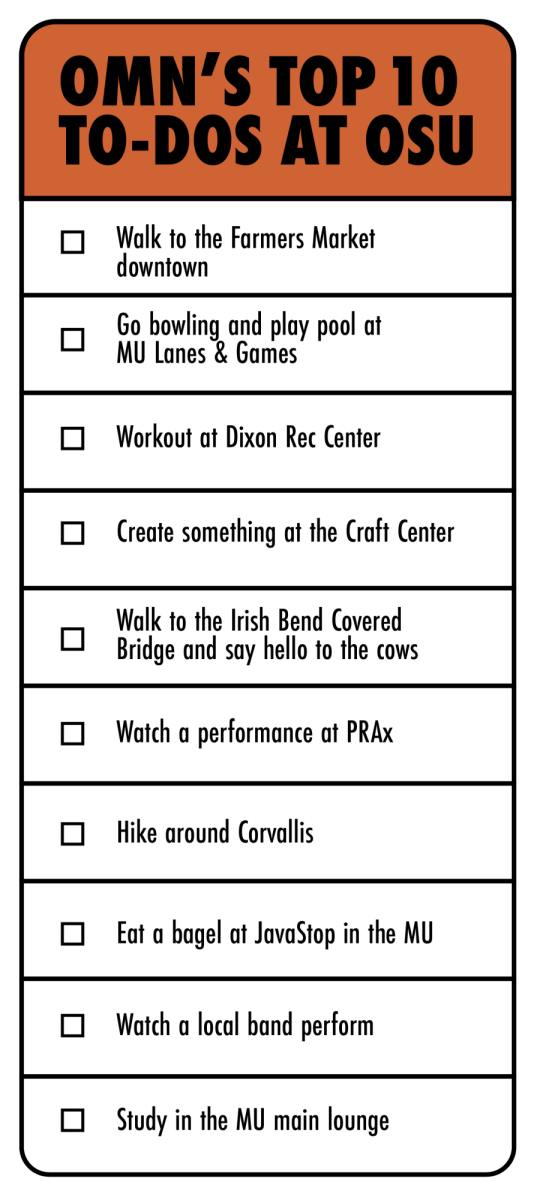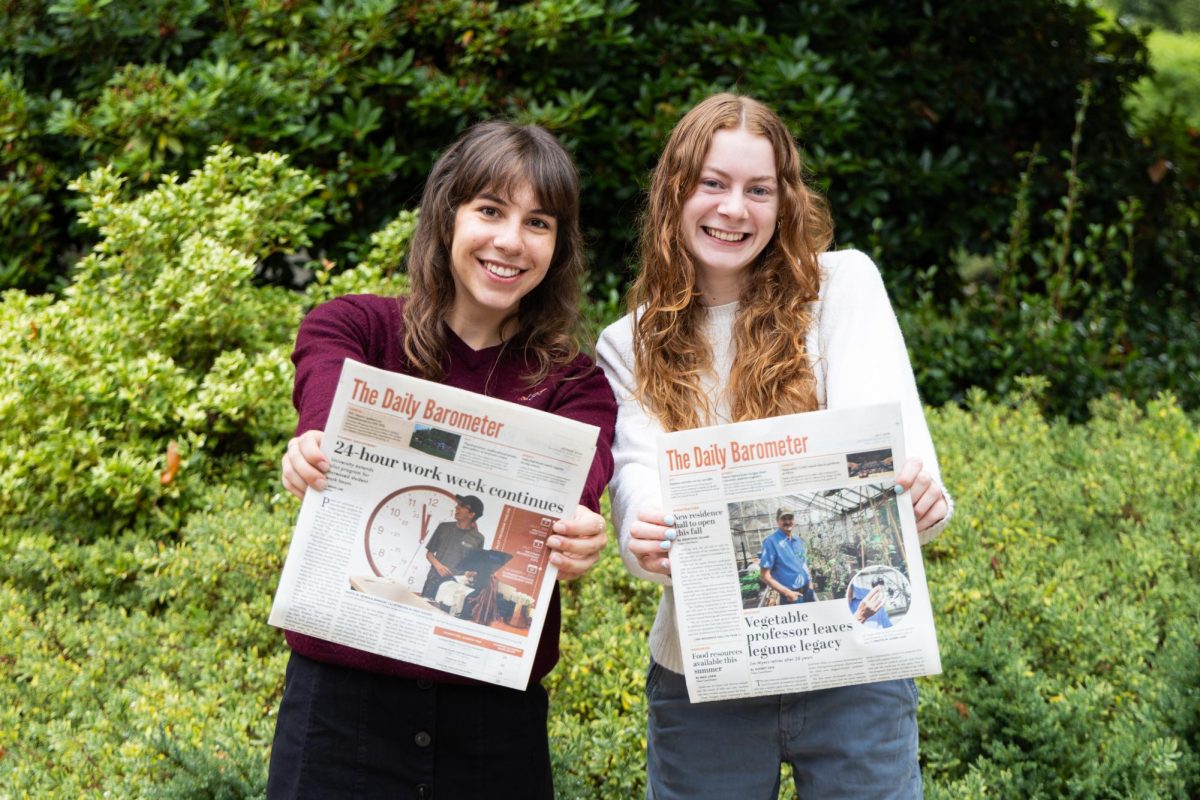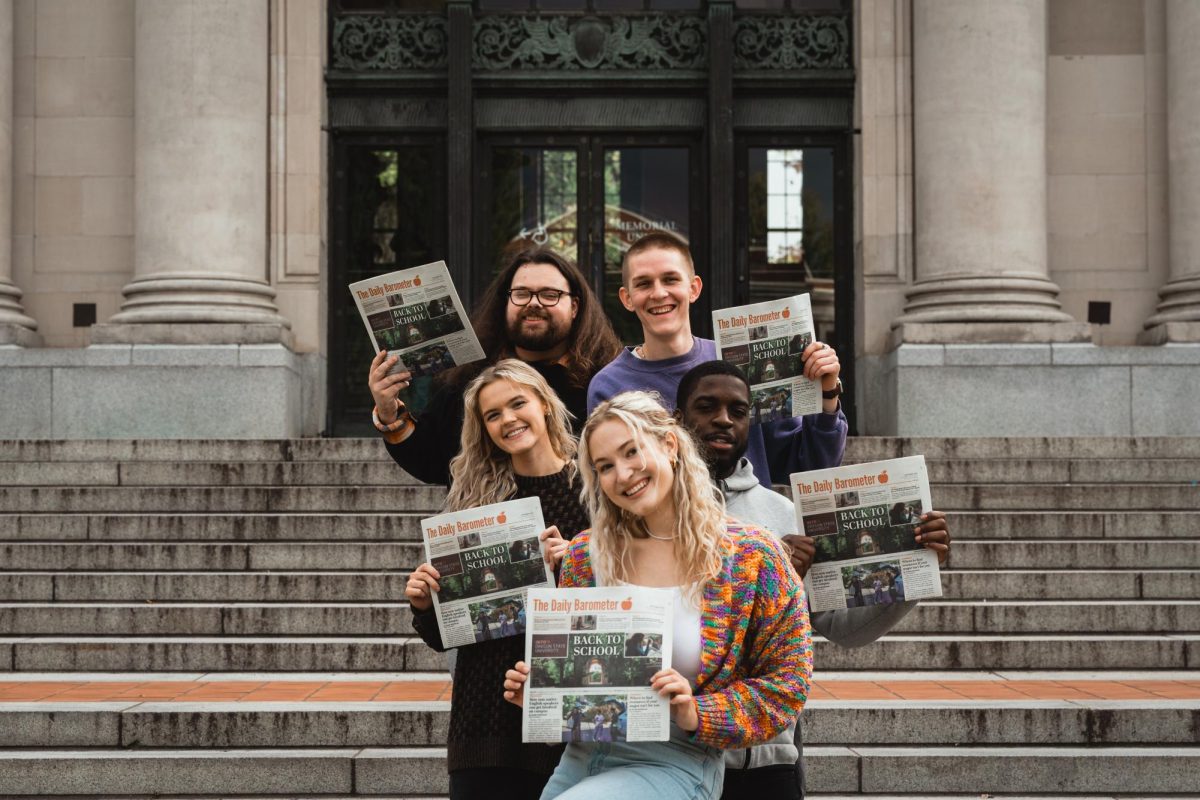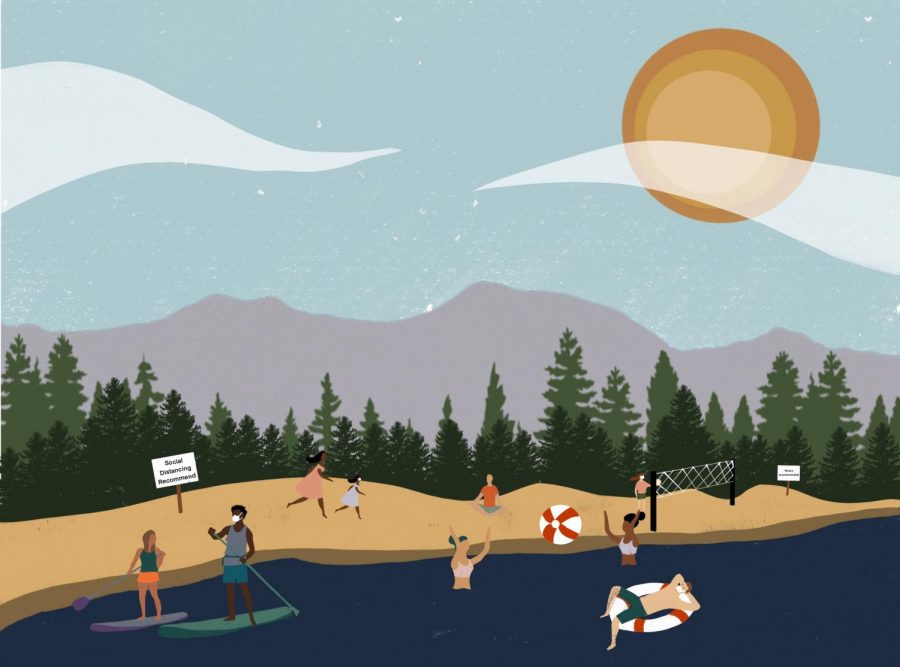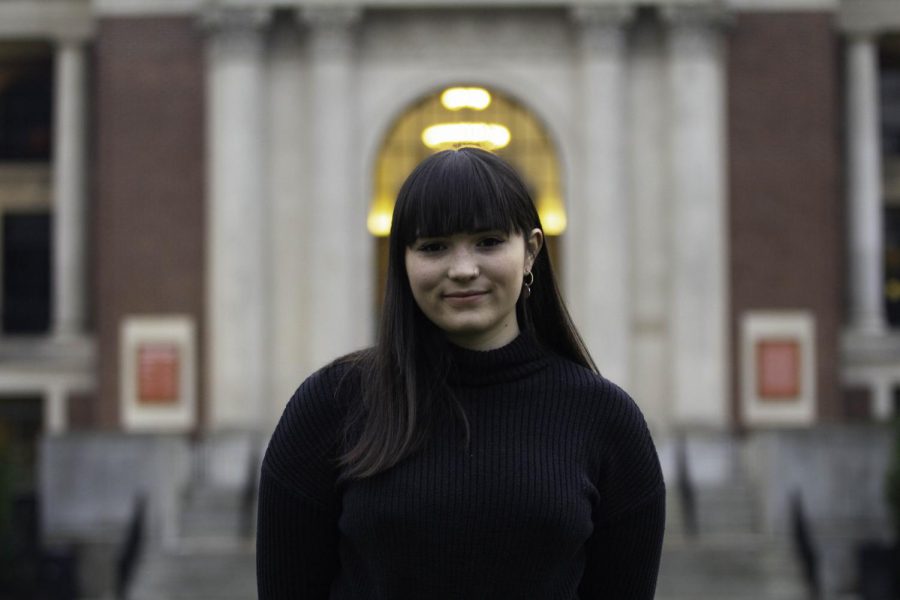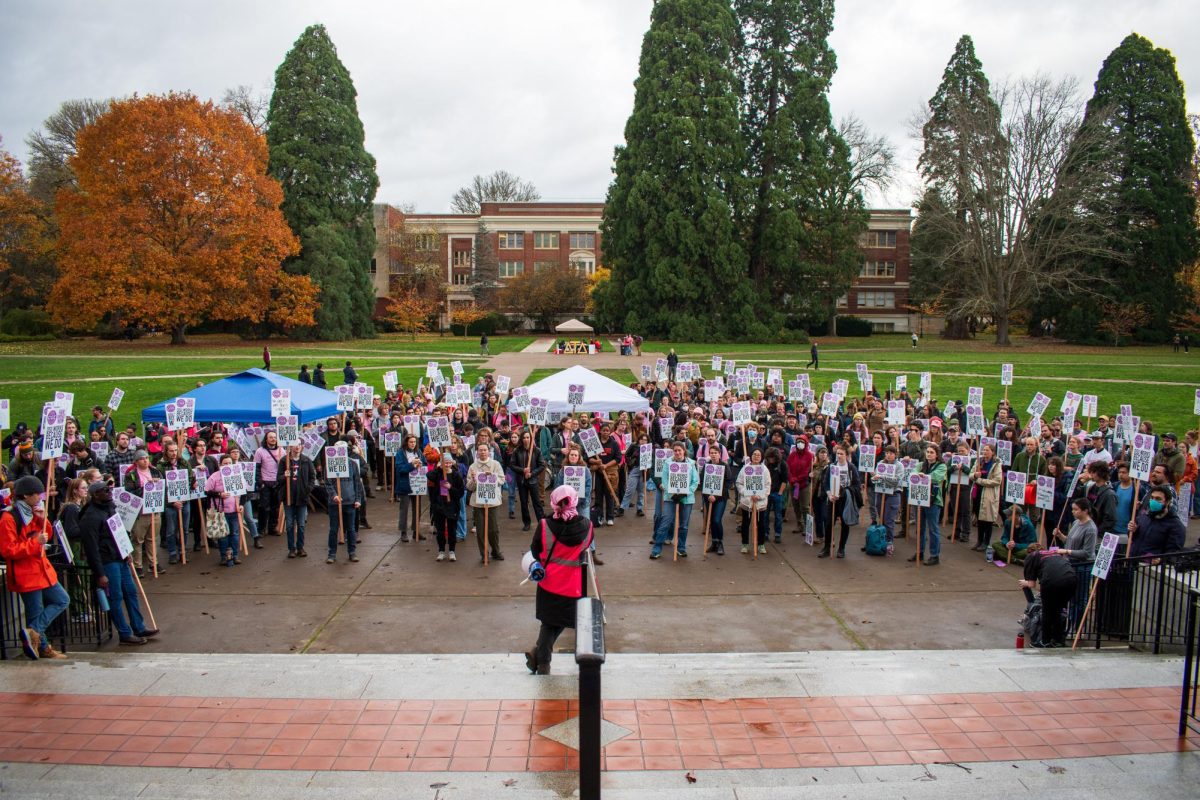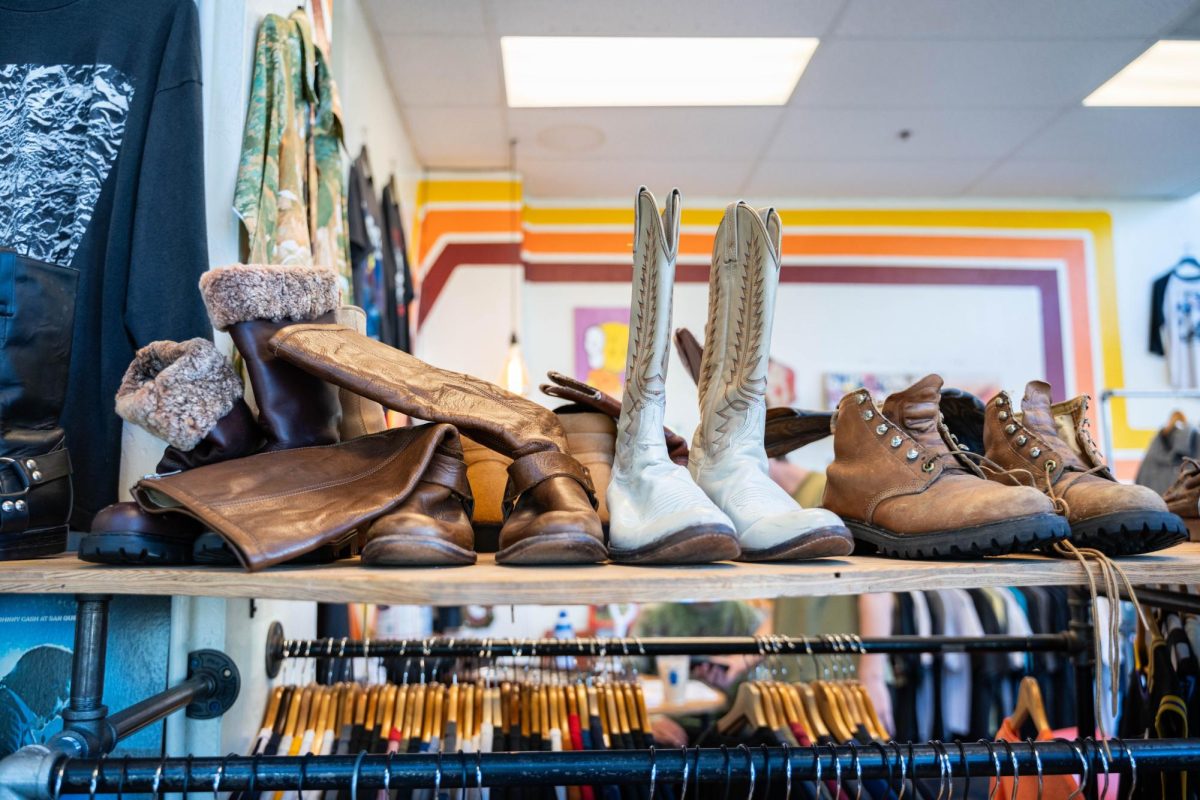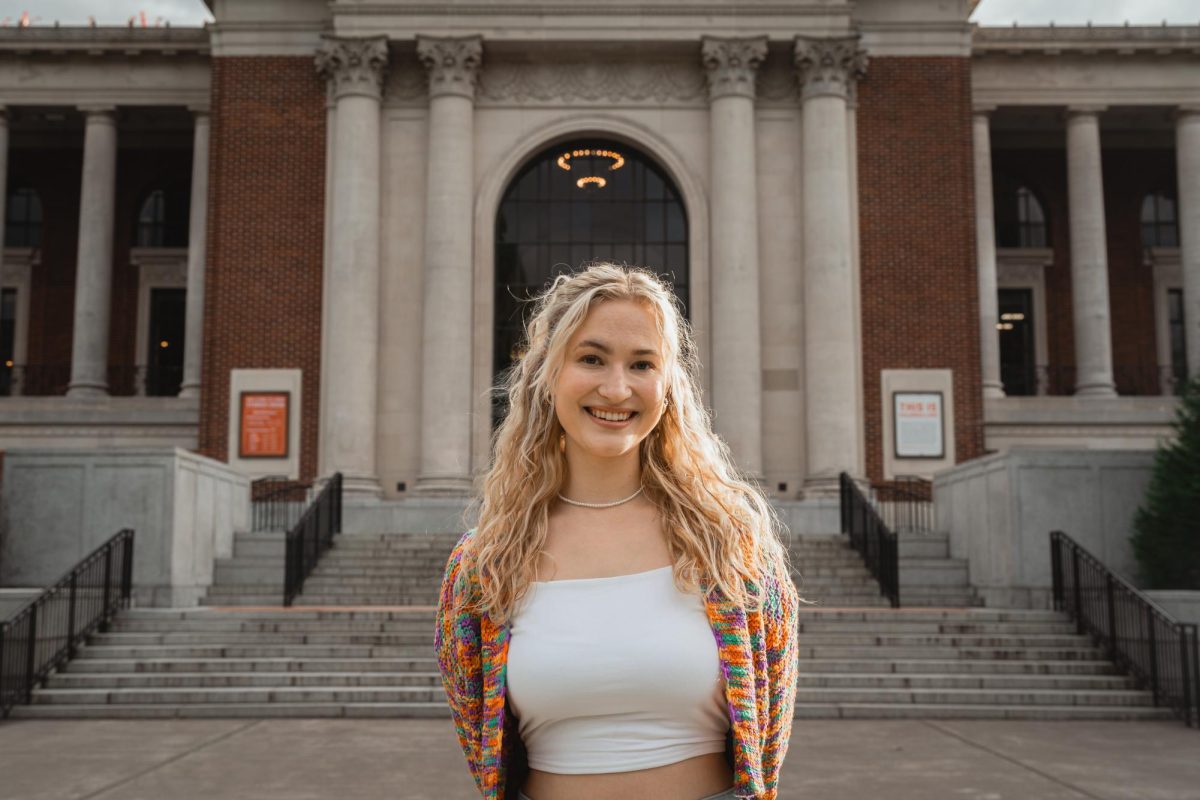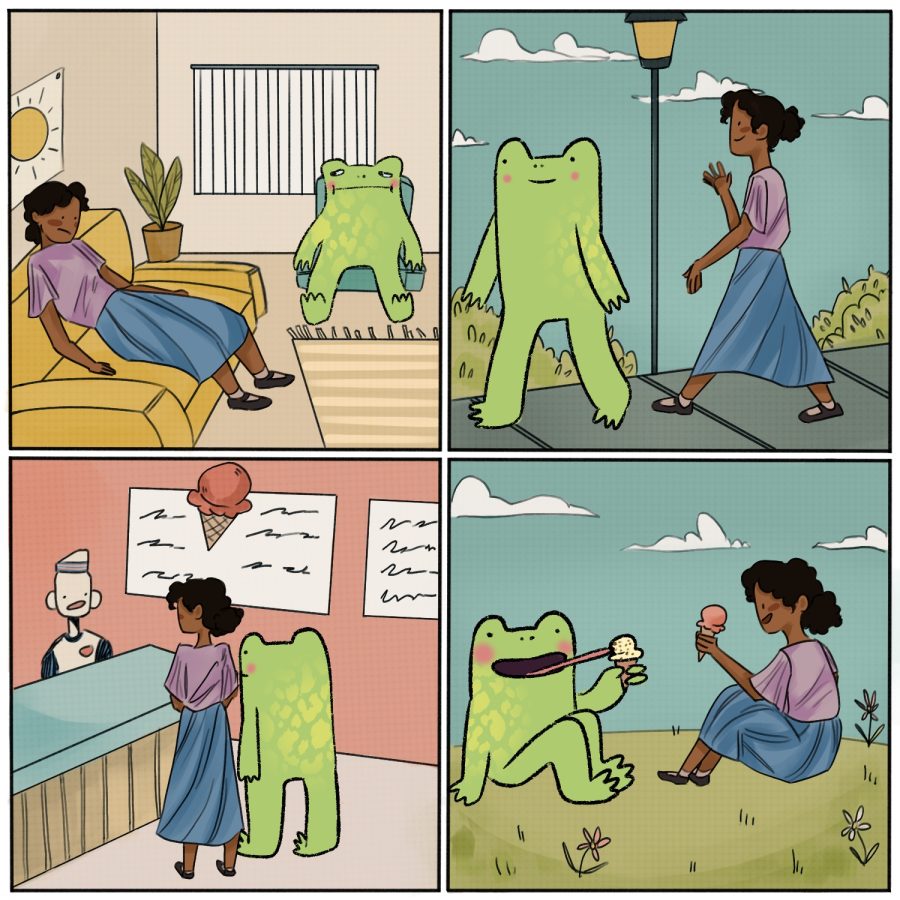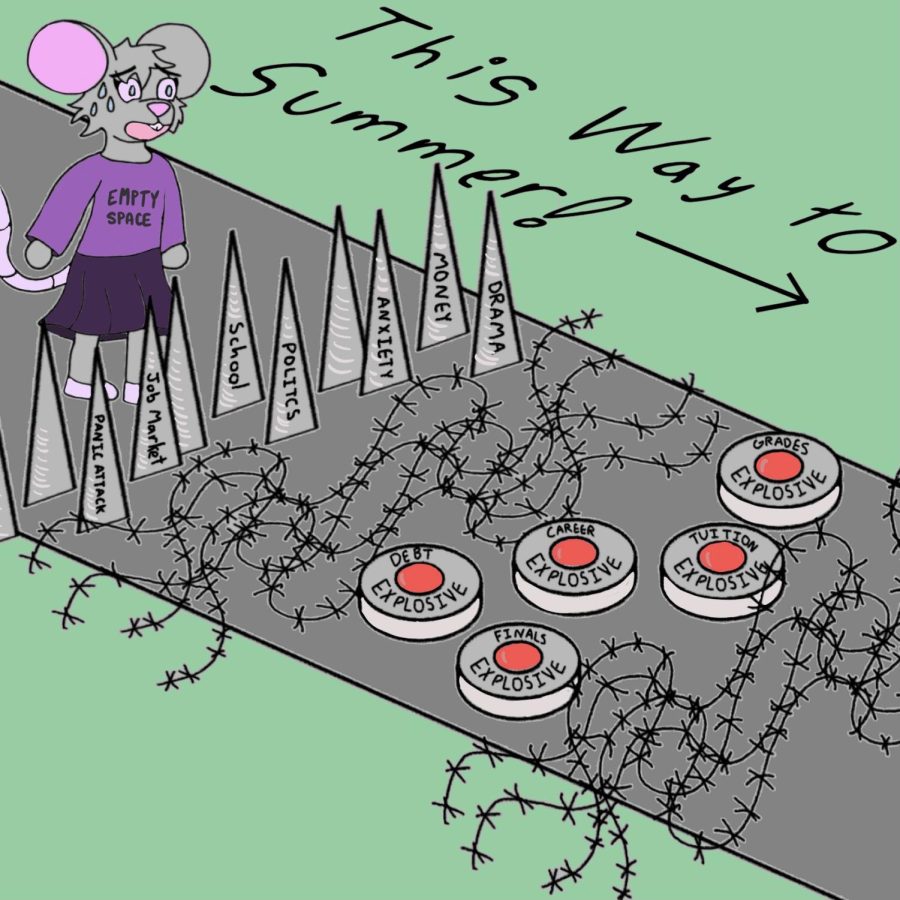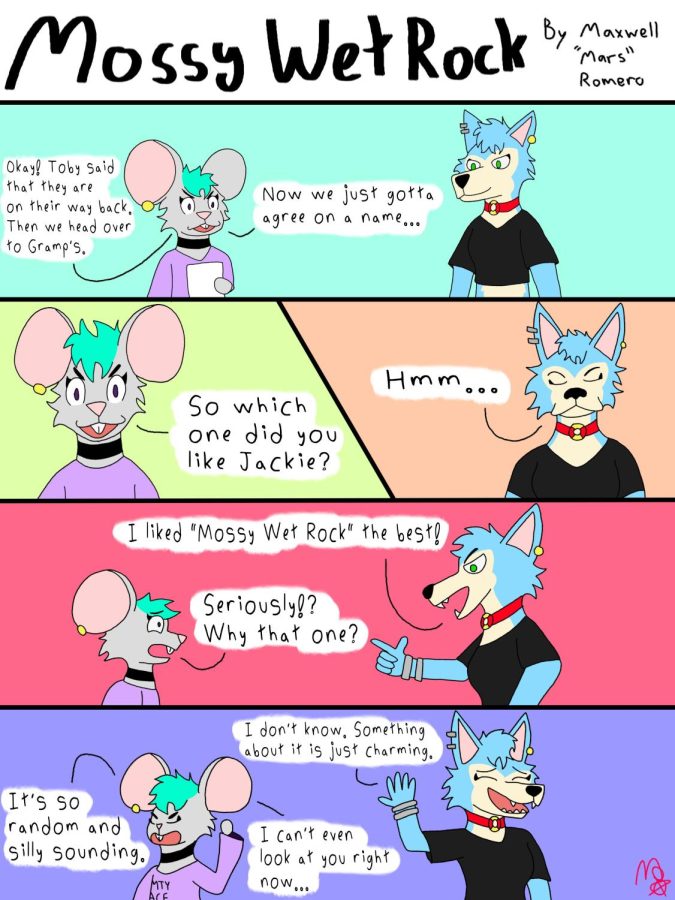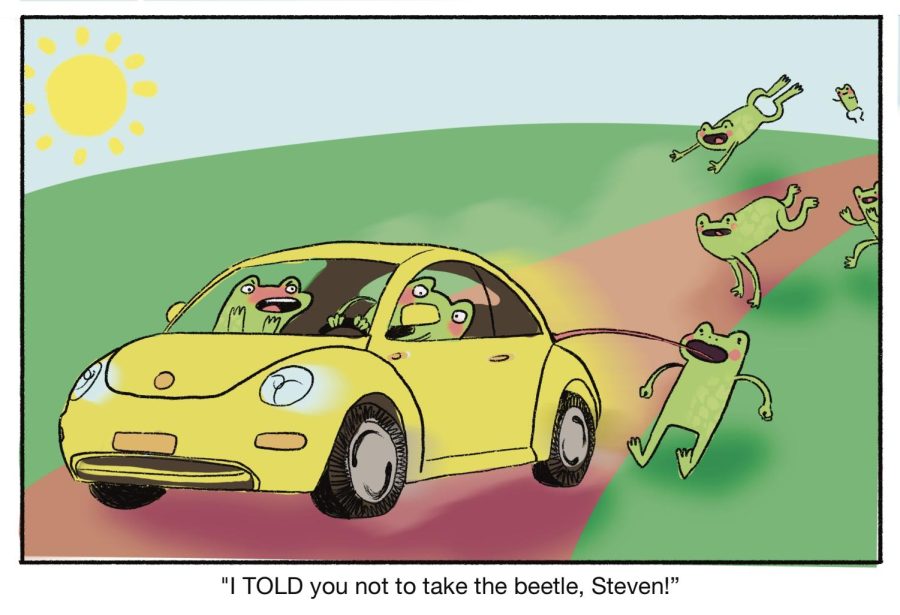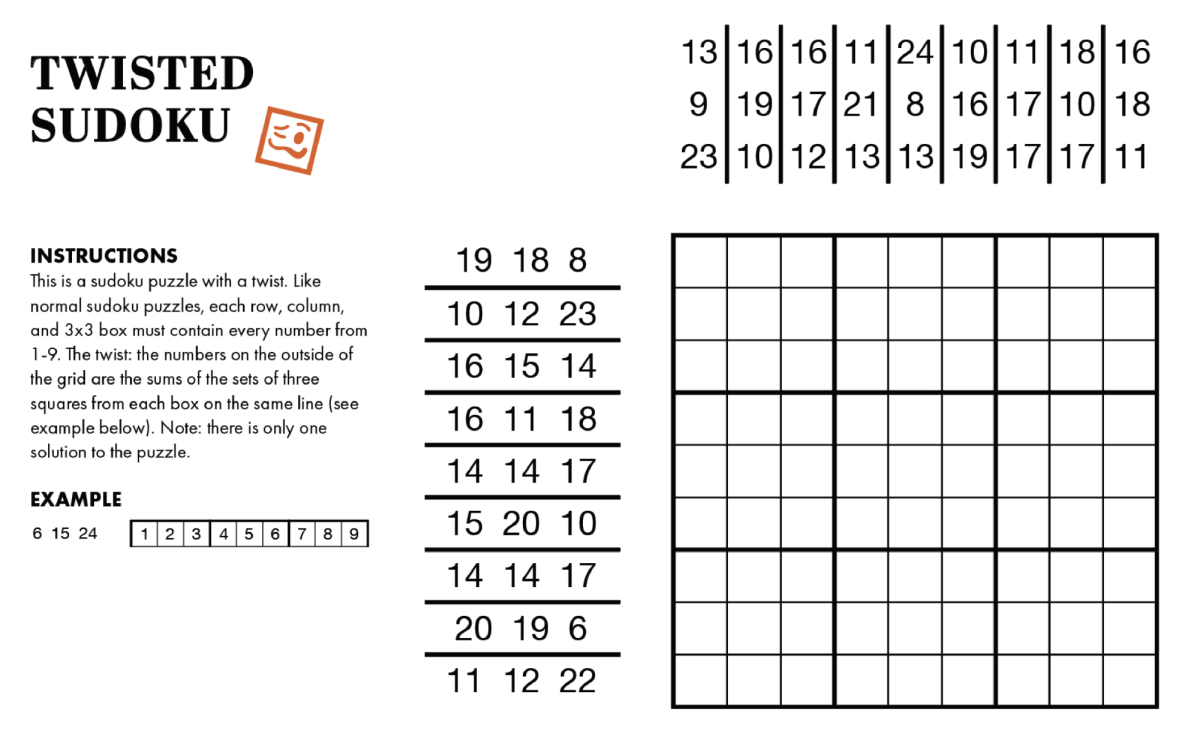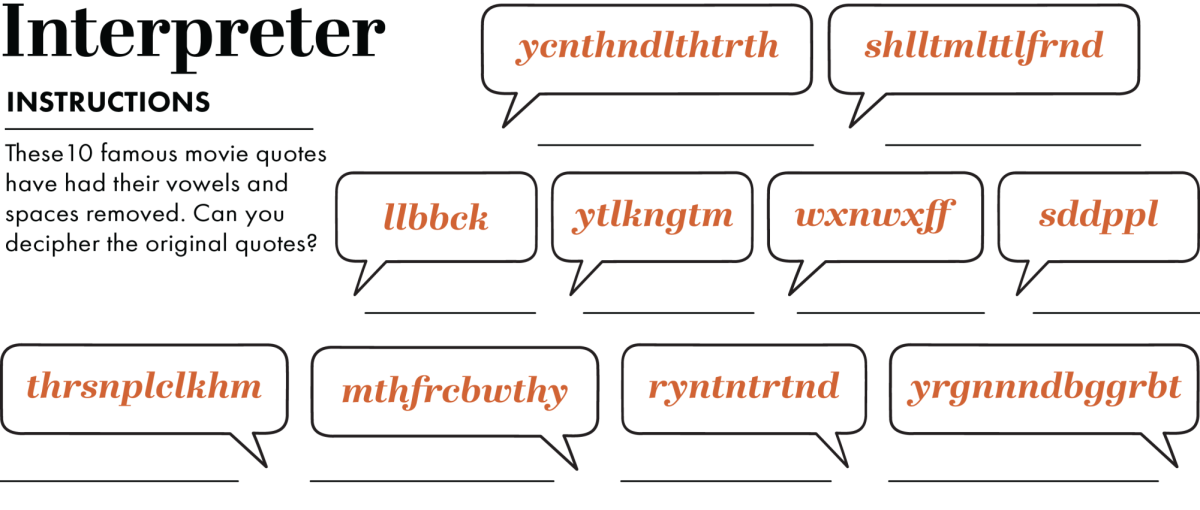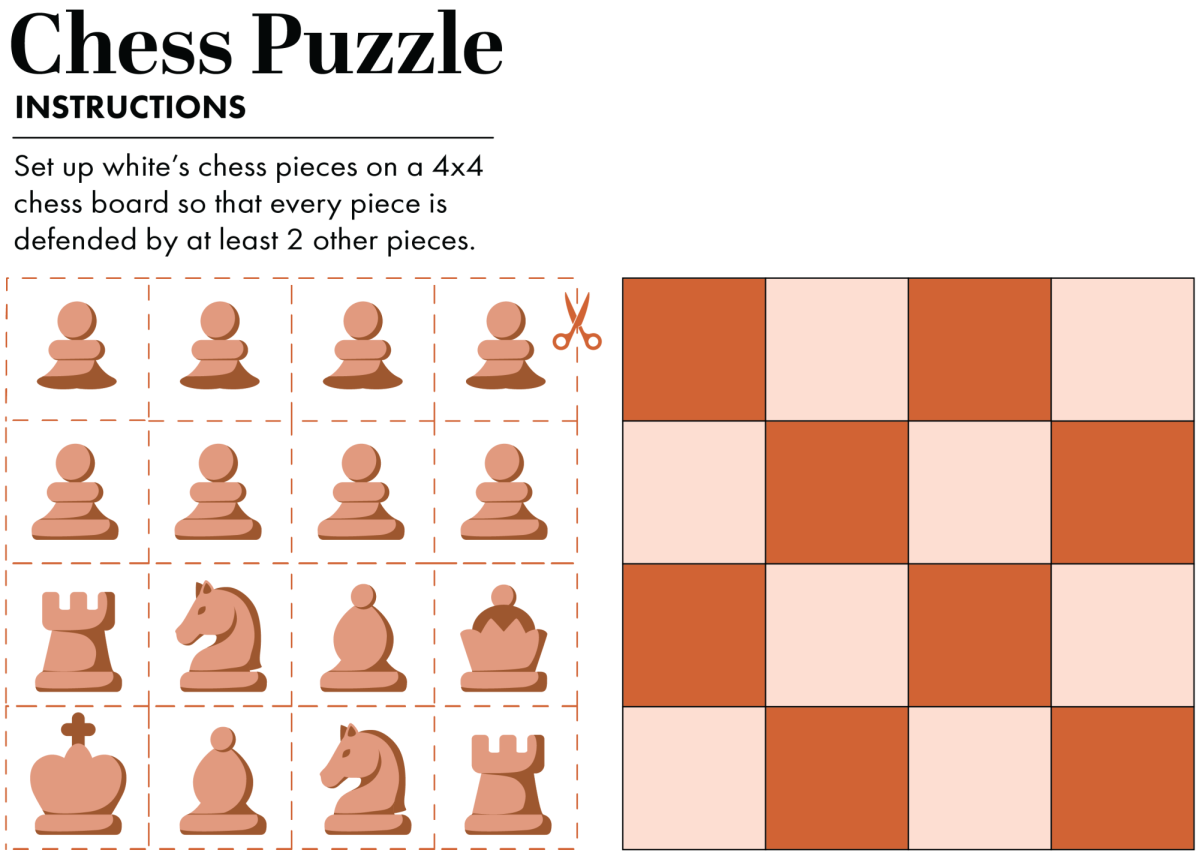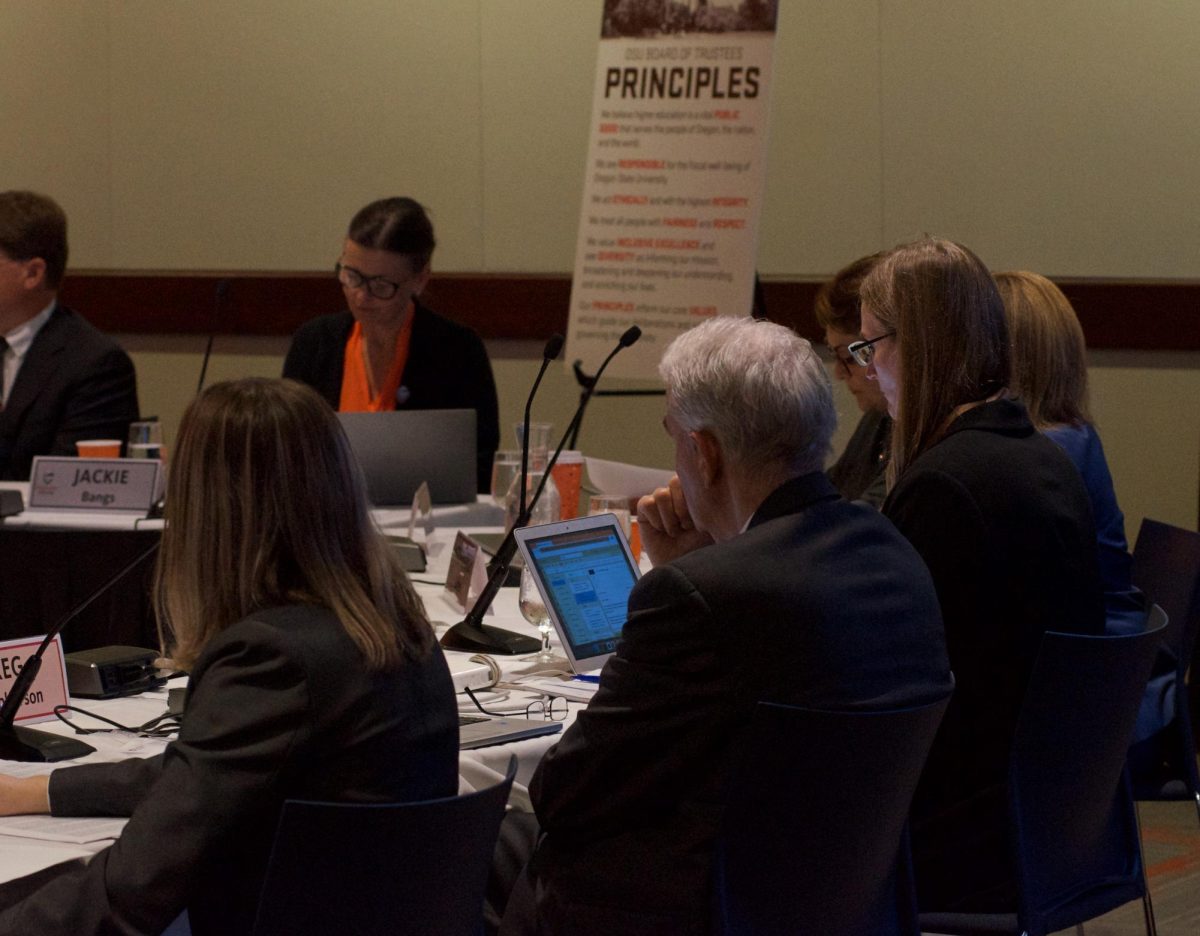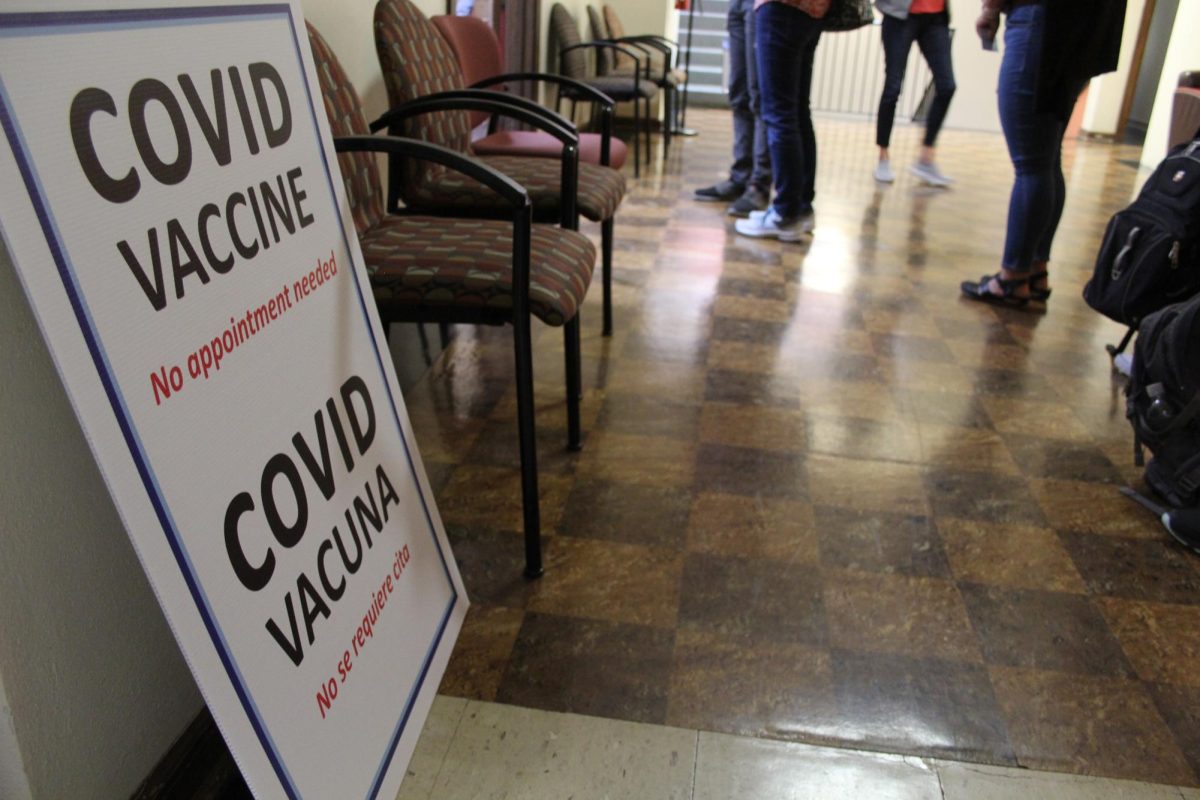Oregon State University recently opened a new facility with the purpose of returning Ancestor remains and cultural artifacts to local Tribes, in accordance with the Native American Graves Protection and Repatriation Act.
Passed in 1990, “NAGPRA is a federal law that was enacted to allow Federally Recognized Native American Tribes, Native Hawaiian Organizations and lineal descendants access to and rights over Ancestral human remains and certain types of cultural items,” according to OSU’s FAQ about the facility.
The law provides a process for federal agencies and museums to return these Ancestors and cultural items to the appropriate Tribes, Native Hawaiian Organizations and lineal descendants.
As defined by the legislation and regulations, a “museum” is any institution, university, and state or local agency that has received Federal funding and has Native American human remains and/or cultural items subject to NAGPRA.
Despite the facility being new, OSU Vice President and Chief Diversity Officer Scott Vignos said that NAGPRA has a long history at OSU.
“OSU has been working on NAGPRA in terms of the identification and the affiliation of NAGPRA-related ancestral remains, and also NAGPRA covered items for a very long time,” Vignos said.
According to the FAQ, OSU acquired collections that included Ancestor remains and cultural items subject to NAGPRA over the 150+ year history of the institution, including through donations.
“The facility itself is just one part of NAGPRA at OSU, and in fact having a purpose-built NAGPRA facility — as far as (OSU) can tell — it’s the first time any institution has ever created a standalone facility just for the purpose of conducting NAGPRA-related activities,” Vignos said.
The NAGPRA office works diligently to ensure all Ancestors and cultural items subject to NAGPRA at OSU are identified and cared for until they can be inventoried through consultation and ultimately repatriated. OSU no longer accepts any donations including NAGPRA-related items.
“(OSU has) an anthropology department, and in the past, it was a fairly common practice for some anthropologists to either seek out these types of ancestral remains and items for study, or in some cases, they were donated to the university as part of a museum that no longer exists called the Horner Museum,” Vignos said.
According to Vignos, items are left at the university after anthropologists retire or leave.
“It’s at that point that the university takes responsibility for the process of cultural affiliation and repatriation of those Ancestors and items,” Vignos said.
OSU Director of Tribal Relations Chance White Eyes said he wanted to make it clear that it is not just OSU that has collected Ancestor remains and cultural items.
“From an Indigenous standpoint, (the collection of Ancestor remains and artifacts) was problematic, because none of those people gave any informed consent to this process,” White Eyes said. “I think that’s why there were such strong emotions and strong feelings that kind of fueled the next steps for (NAGPRA at OSU).”
According to Vignos, the process of returning Ancestors and cultural items can vary, but it generally starts with NAGPRA reviewing records and looking at where ancestral remains and items may have come from.
They determine how OSU came into possession of them and connect location, time periods and other factors to try to get a sense of which Tribe or Tribes the Ancestors or items are affiliated with.
“(NAGPRA coordinator Dawn-Marie Alapisco) carefully evaluates the ancestral remains to determine where they may have come from and that gives us more information about potential cultural affiliation,” Vignos said.
Then, there is a formal consultation process where the university and a Tribe make contact to discuss ancestral remains and items in OSU’s possession.
“The difference between the way NAGPRA is done now and the way it had previously been done is oftentimes consultation was fairly perfunctory, so it’d be an email without a meaningful opportunity for conversation,” Vignos said.
Vignos said NAGPRA at OSU is dedicated to making sure that Tribes have an opportunity to engage with OSU NAGPRA staff to review the information that they have to make the most accurate and appropriate cultural affiliation, which can take time as well.
“Once an affiliation is made, there are other processes spelled out by the regulations that put into practice the NAGPRA law,” Vignos said. “But what we’re looking for is a process where items are repatriated to Tribes according to the Tribes’ customs and expectations.”
Sometimes, there are requests for the university to continue caring for Ancestors and cultural items ready for repatriation so that Tribes have more time to prepare to receive them, according to Vignos.
“That’s why it’s really important to build trust with our tribal partners, to make sure they understand how we’re stewarding their relatives and their sacred items, so that they feel comfortable, when necessary, leaving items in our care while preparing for repatriation,” Vignos said.
According to White Eyes, NAGPRA’s reception from Tribes has been “pretty positive.”
“There’s a lot of conflicting emotions I think that come up with this particular endeavor,” White Eyes said. “But the Tribes that were involved afterward seem to be in a positive place, and this isn’t the endpoint. We’re still looking forward to future consultations and those kinds of things. But I think … the overwhelming majority of folks thought this was a strong step in the right direction.”
Vignos said he thinks the NAGPRA facility is generally improving relations between OSU and tribal partners, mostly in Oregon, but also across the country.
“This was an attempt to honor and respect these people,” White Eyes said. “In my humble opinion, I think human rights goes beyond just those folks that are walking around. These people have their dignity taken away from them, and I think that we have a moral and ethical obligation to try to retain as much of that as we possibly can, and potentially set an example for other folks who are in our similar position.”

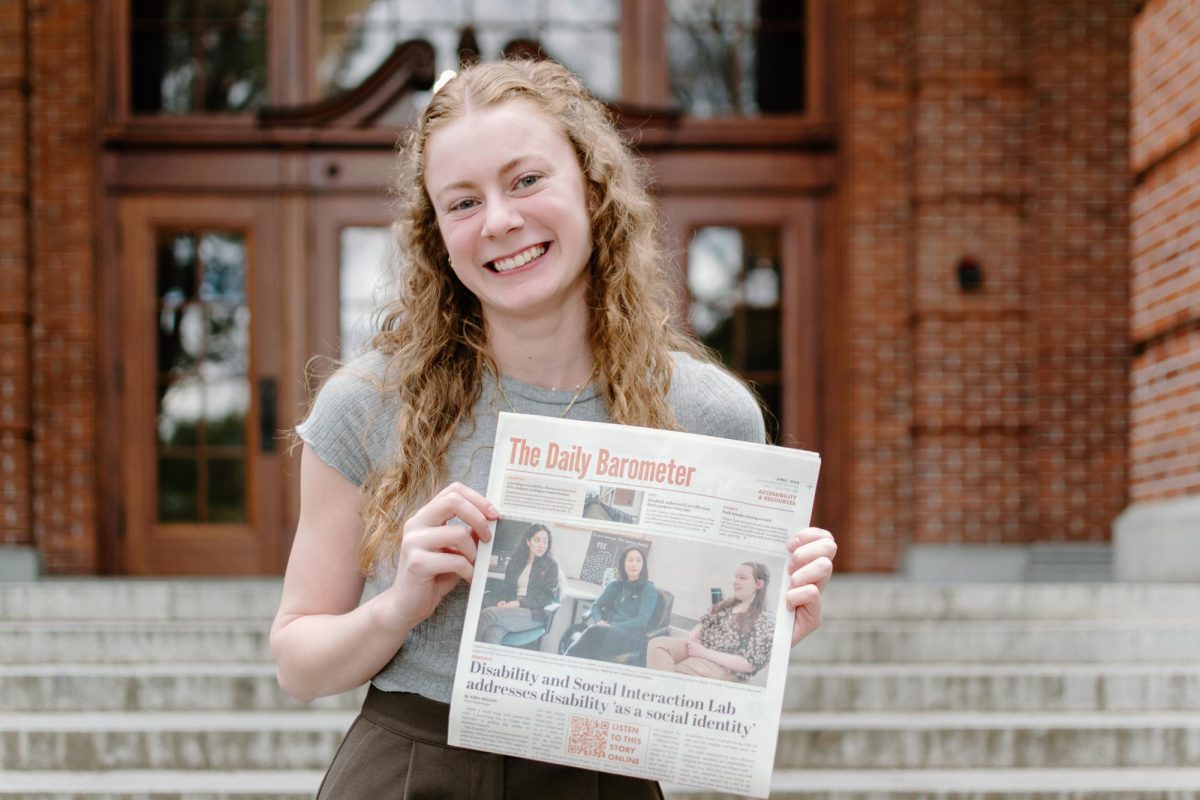
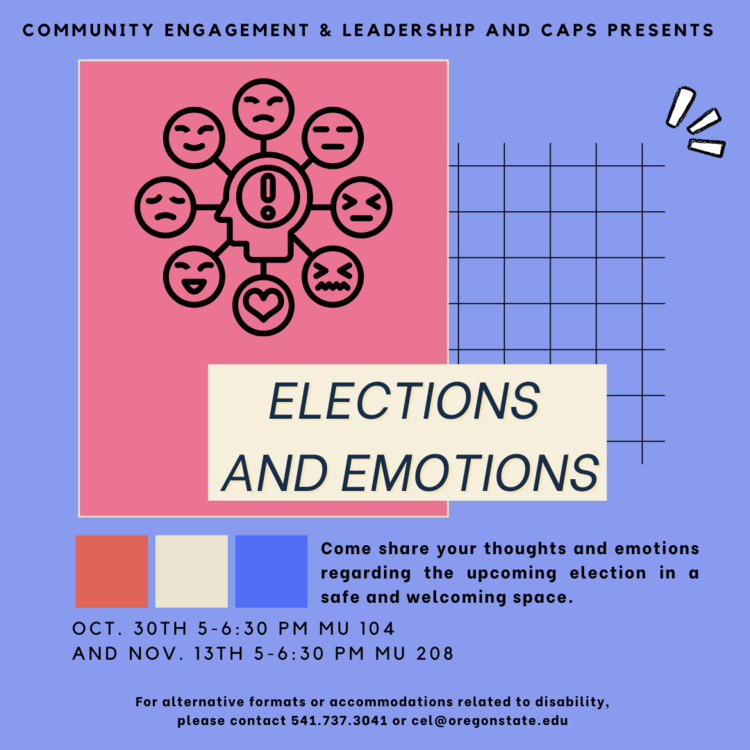
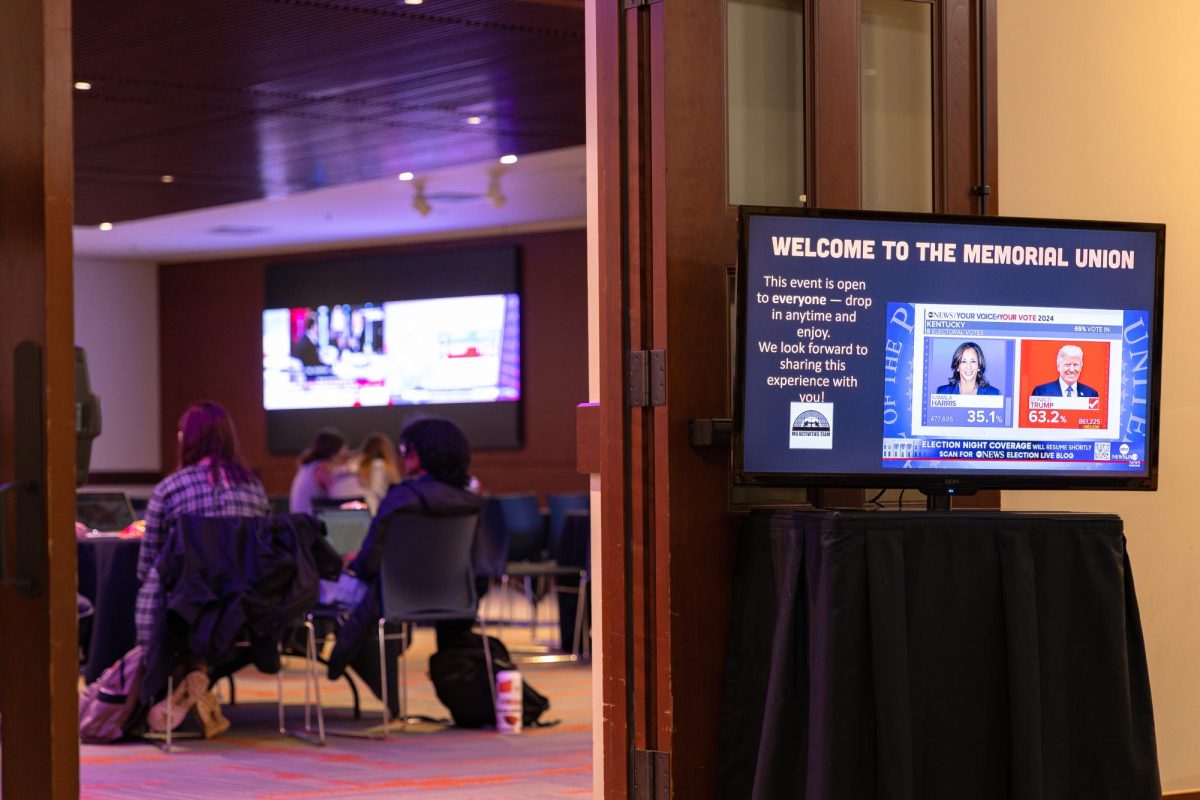
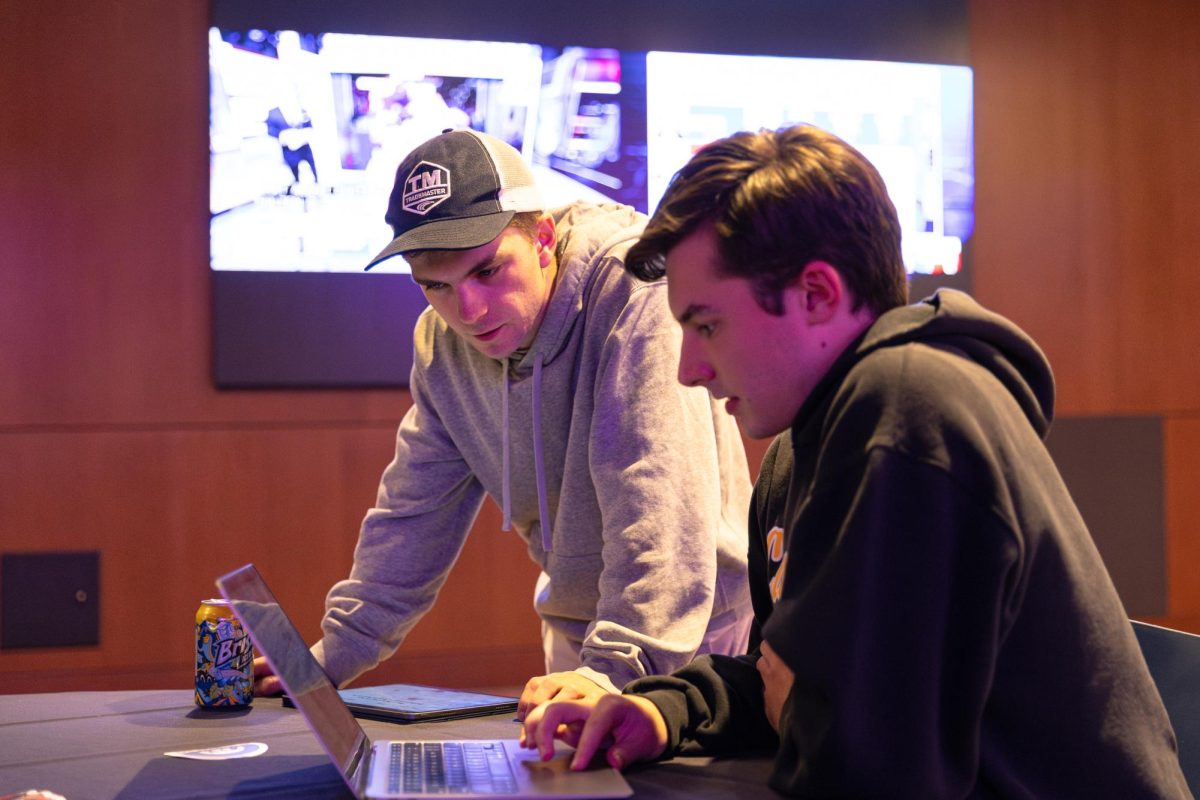
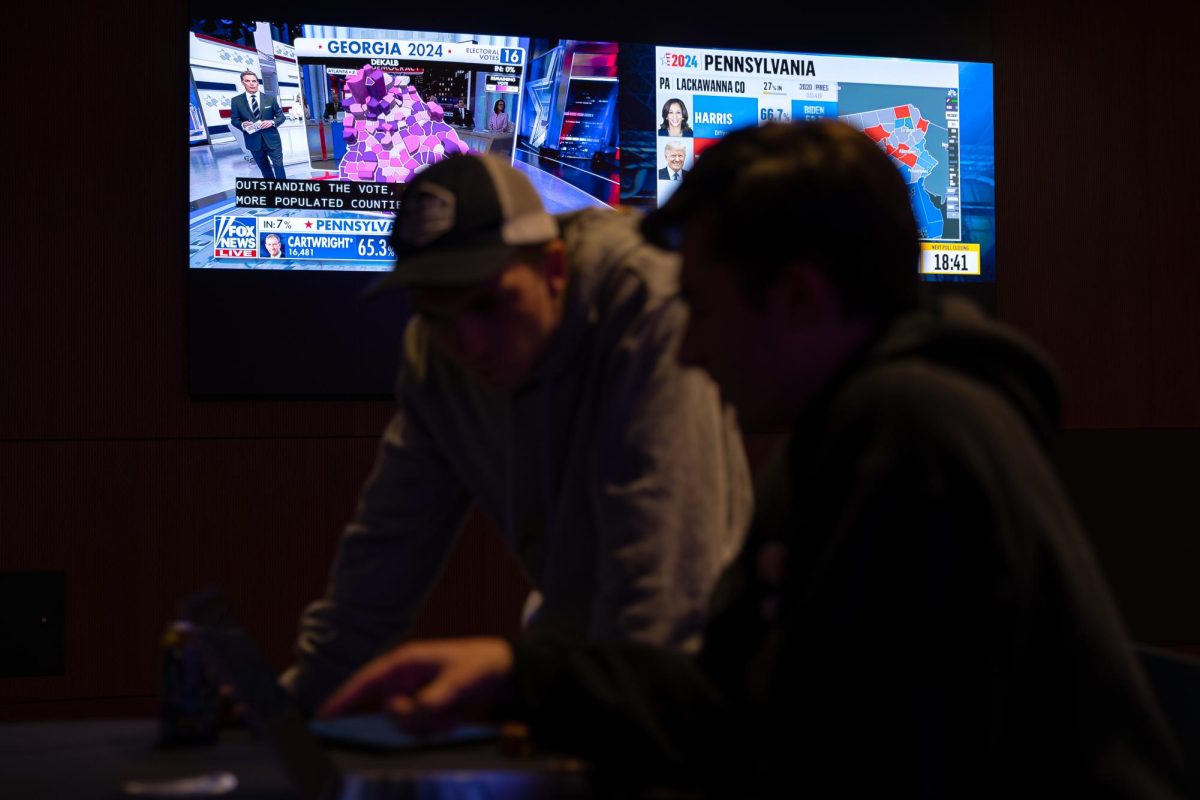

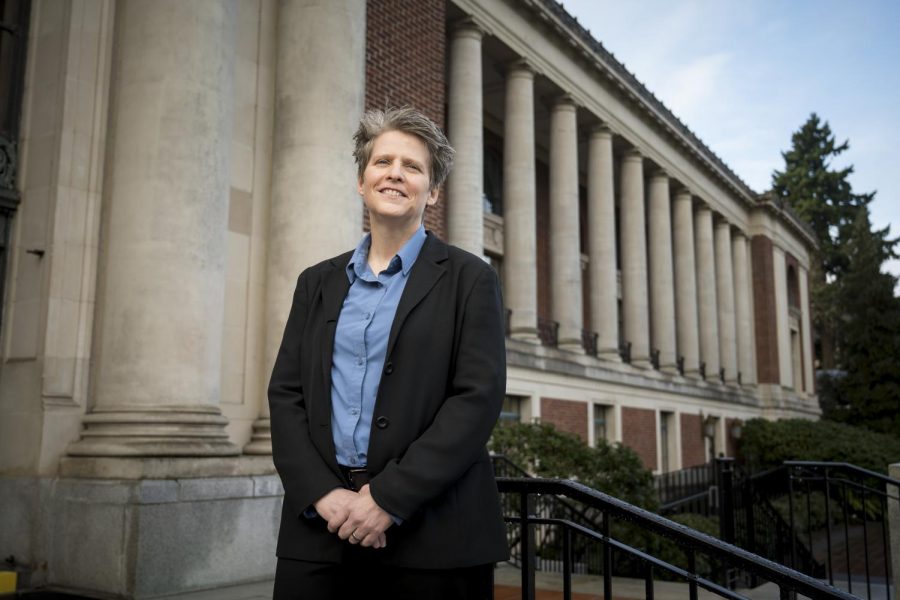
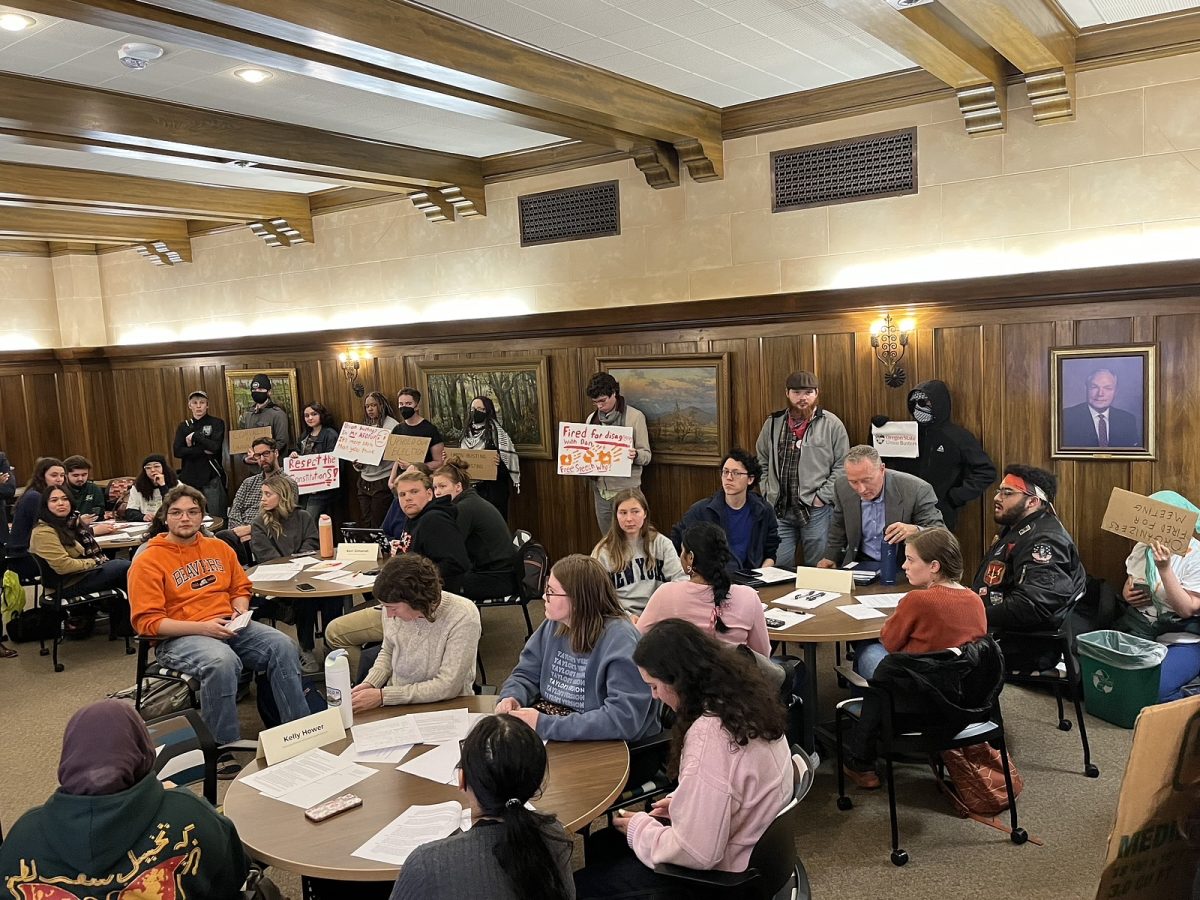
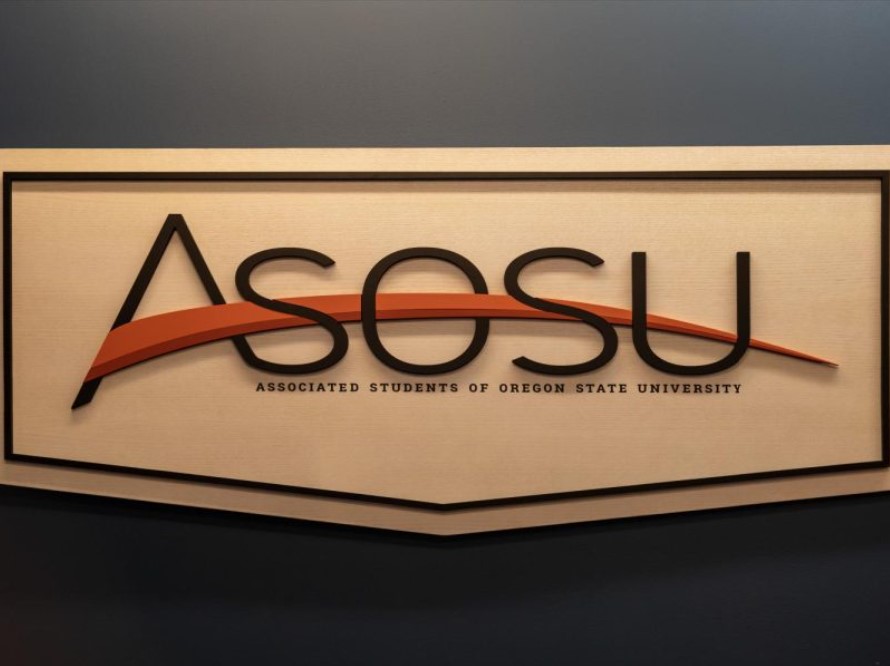
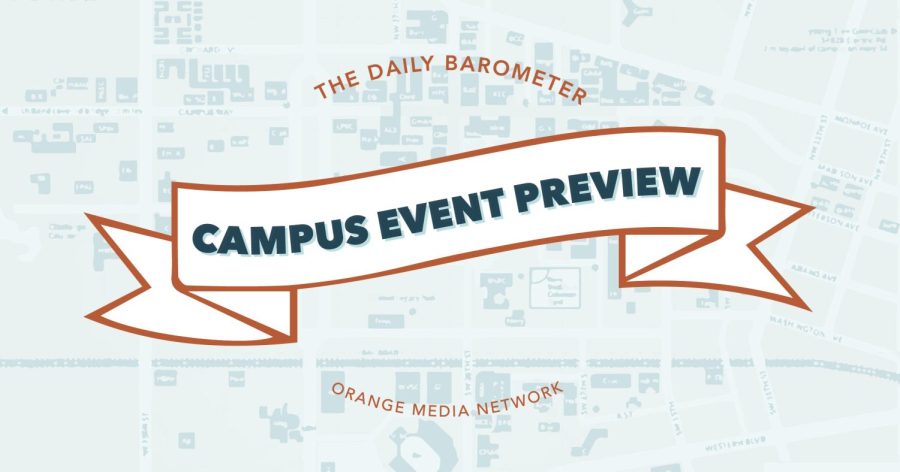


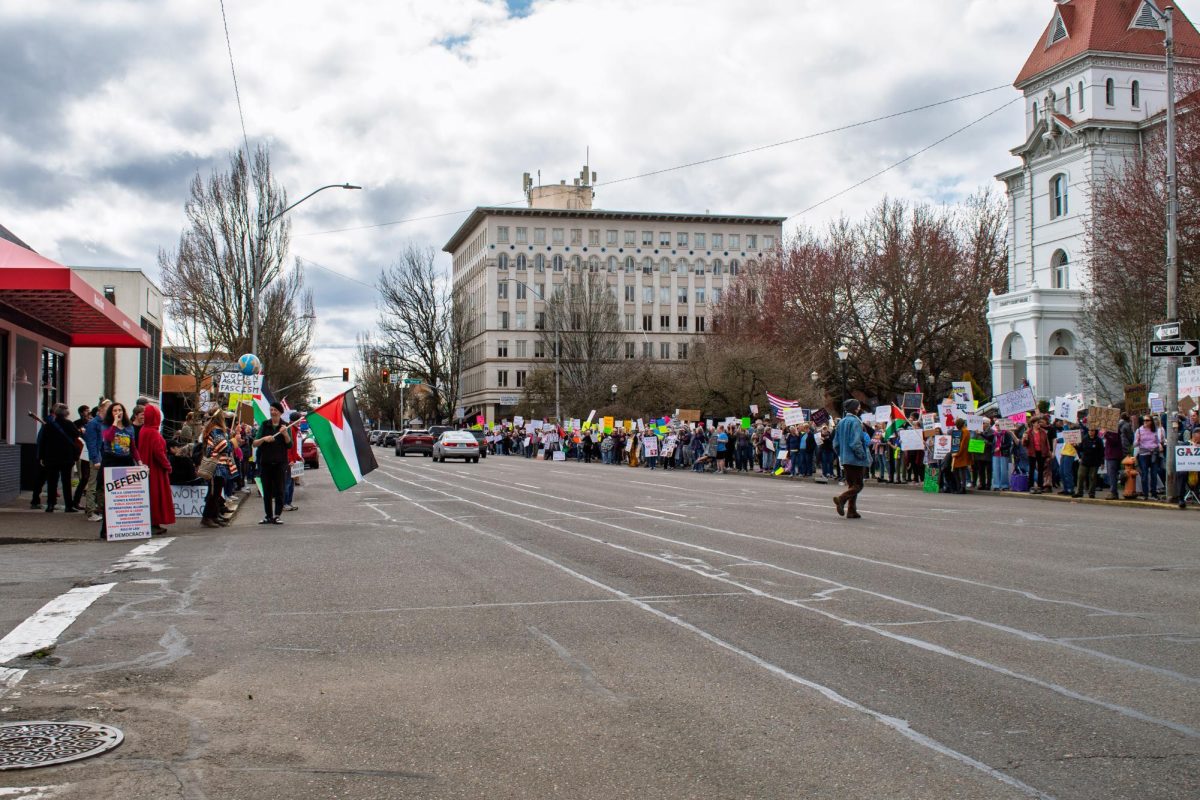
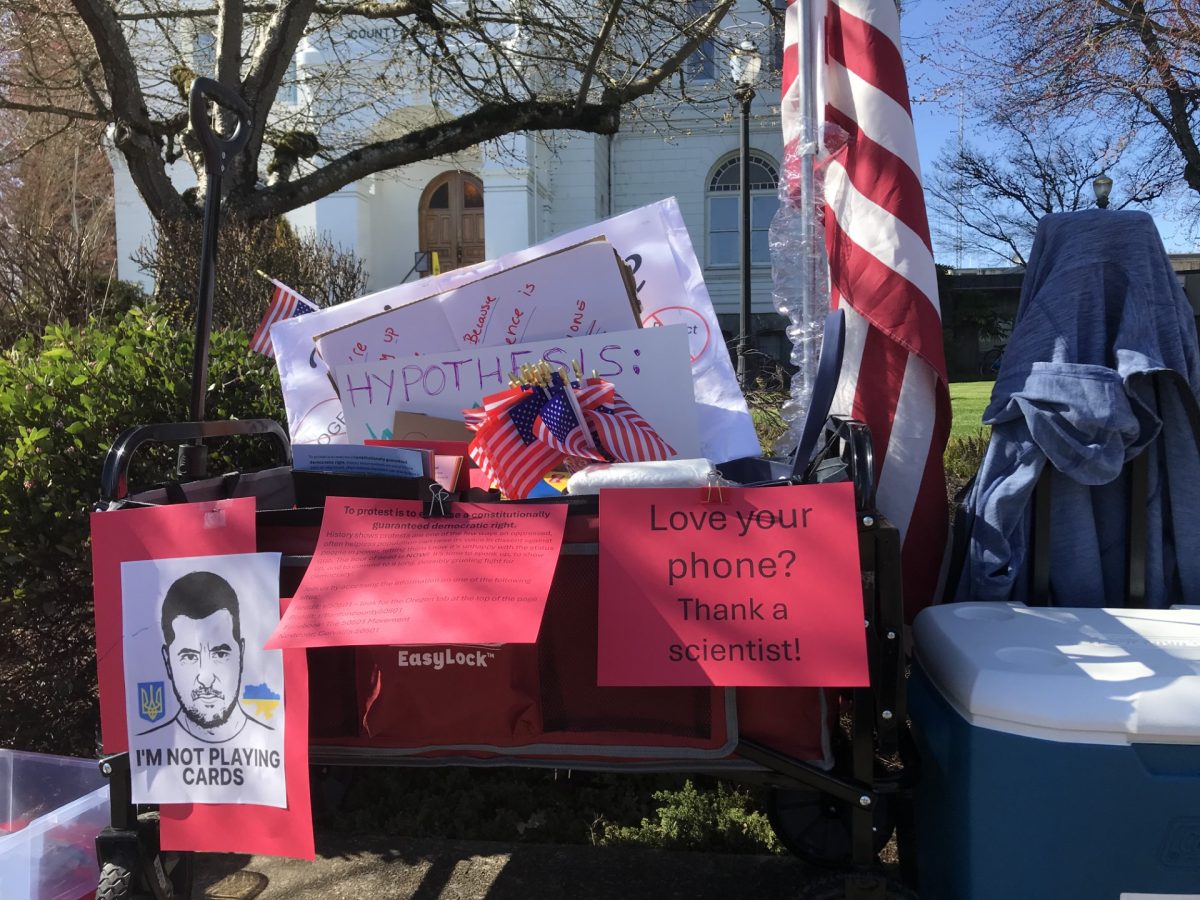

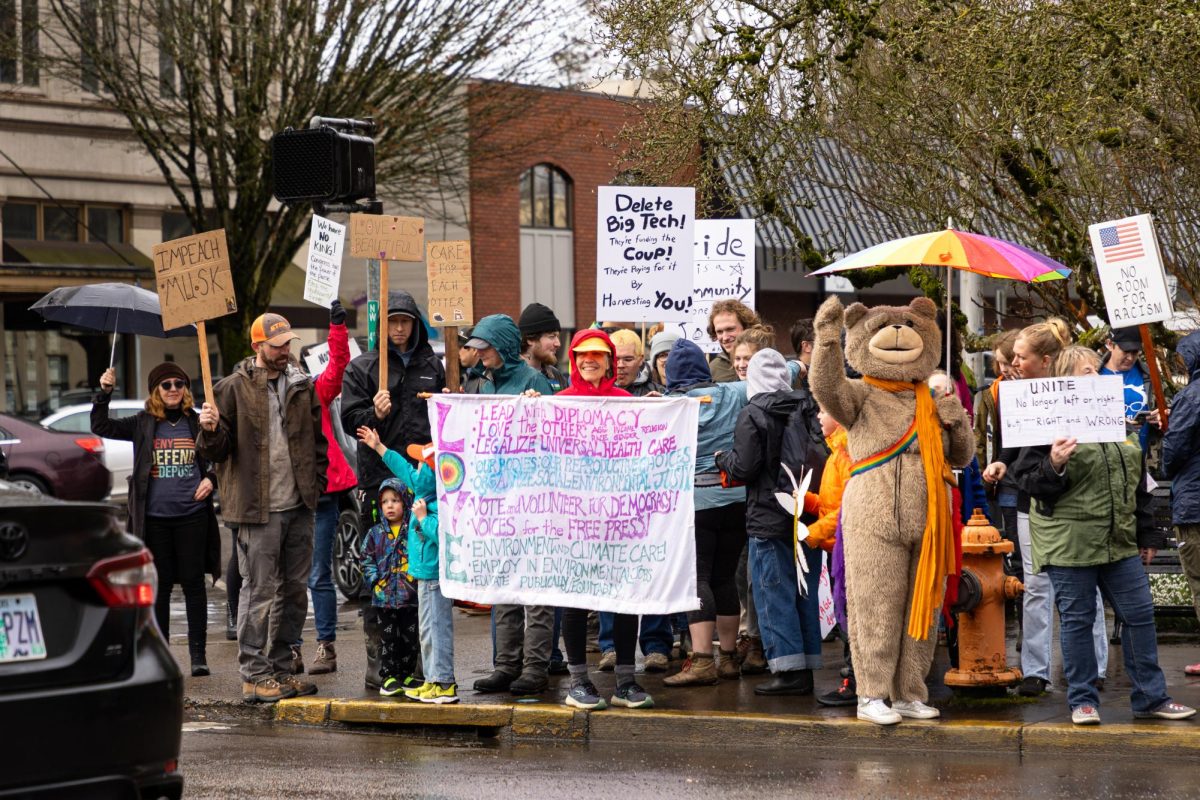
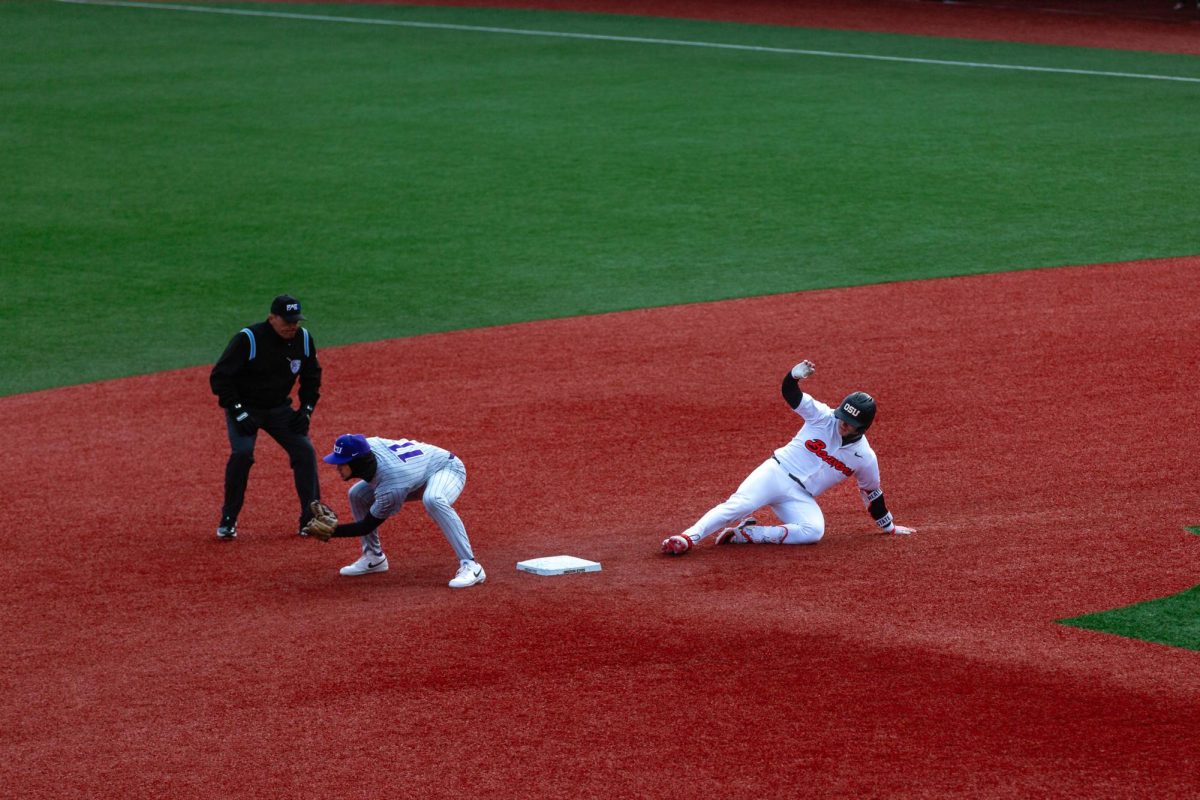
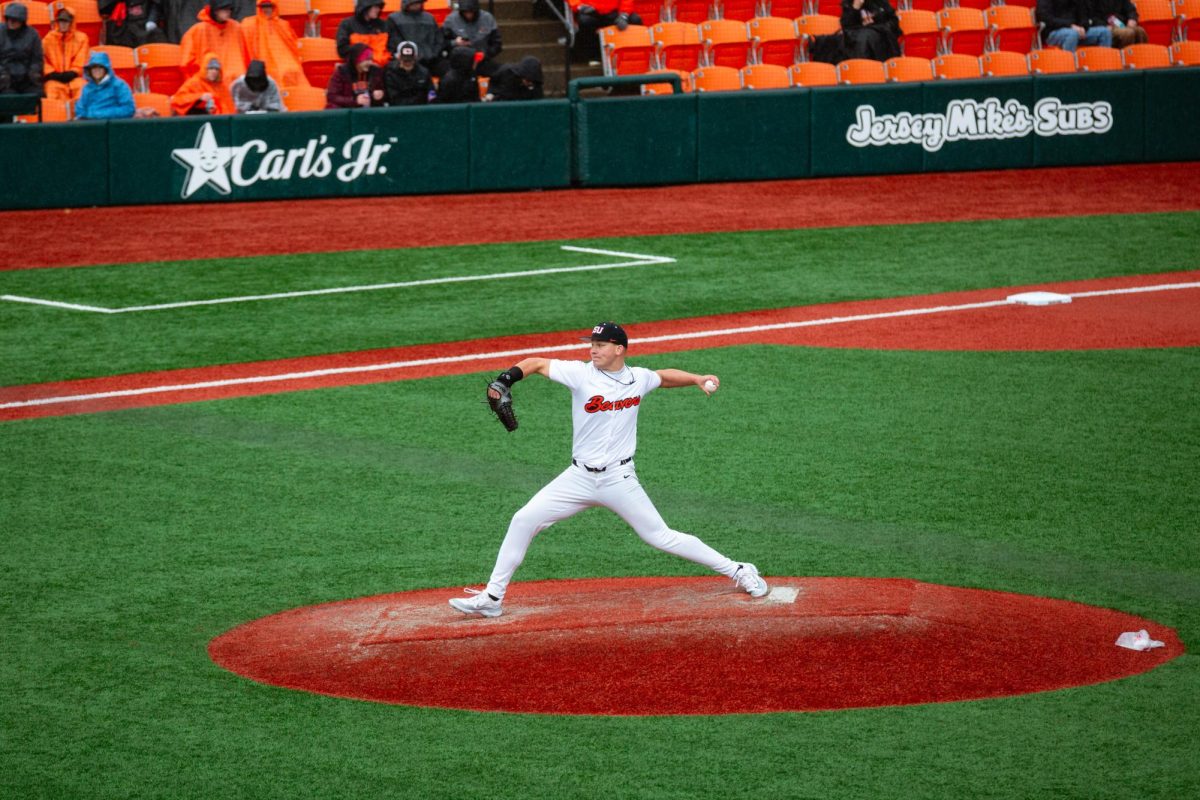




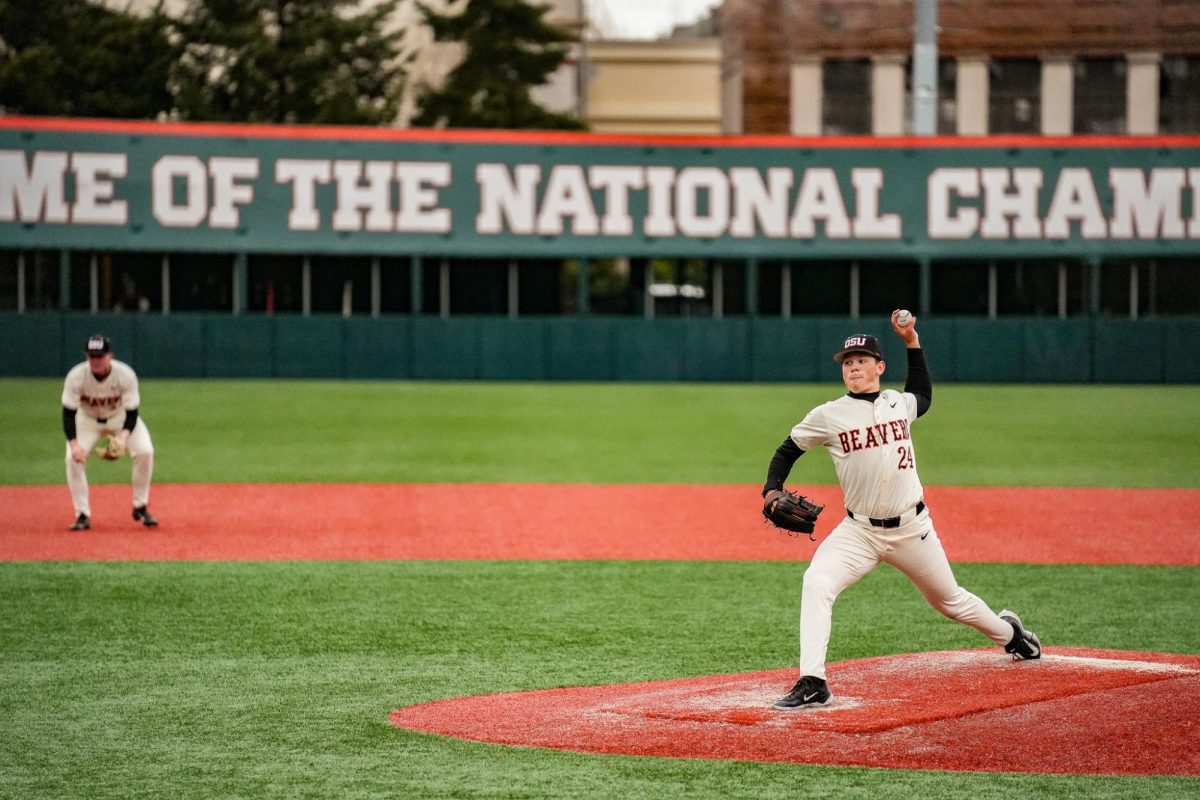

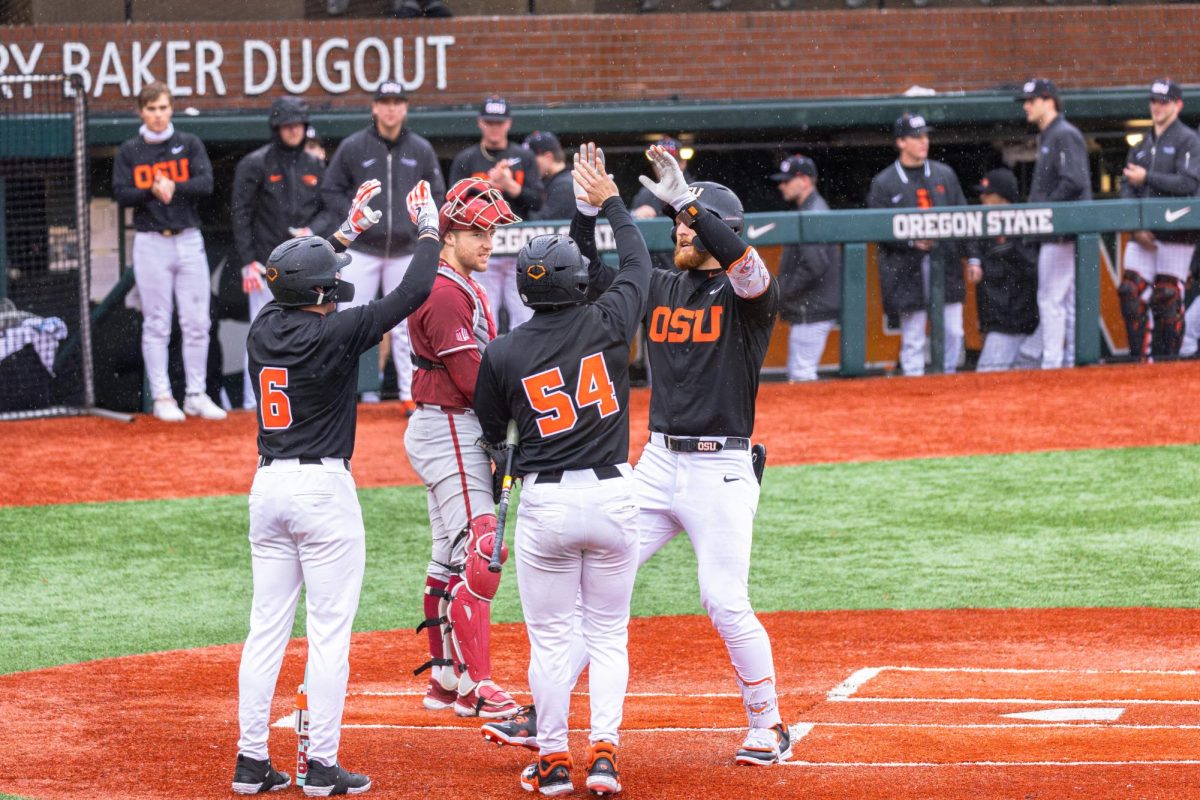
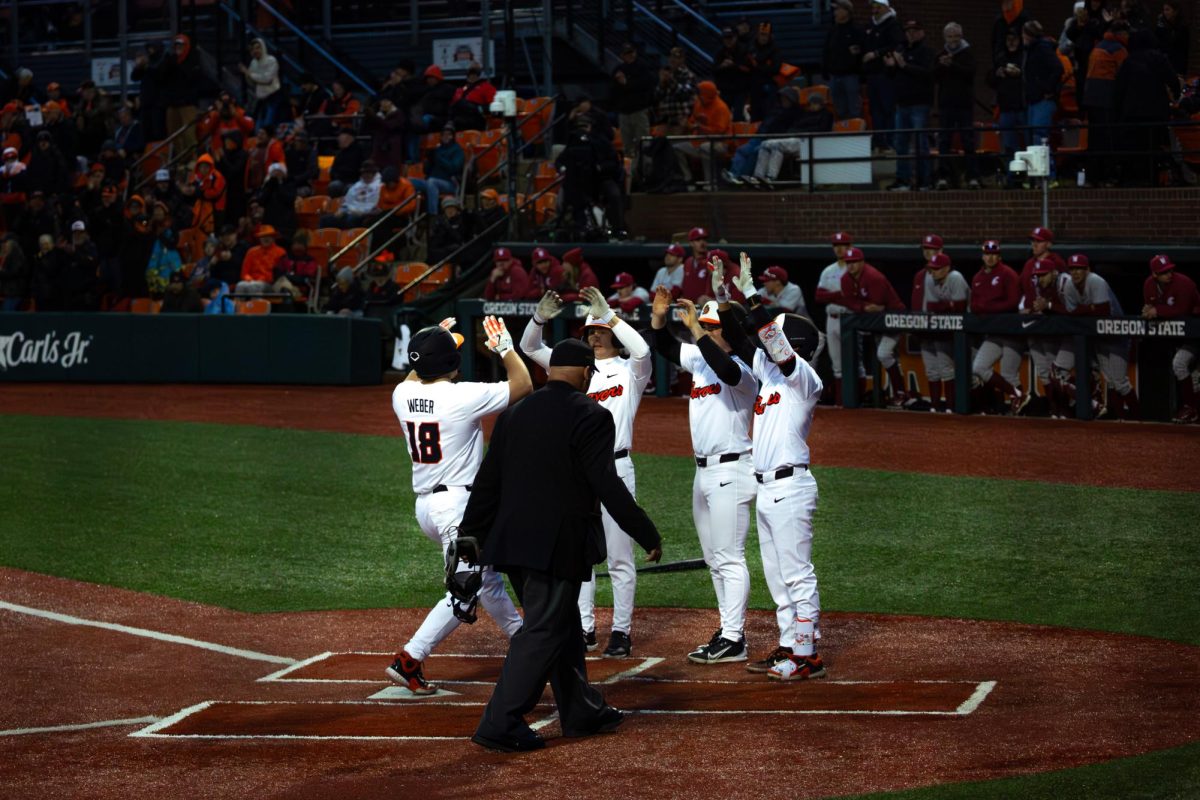
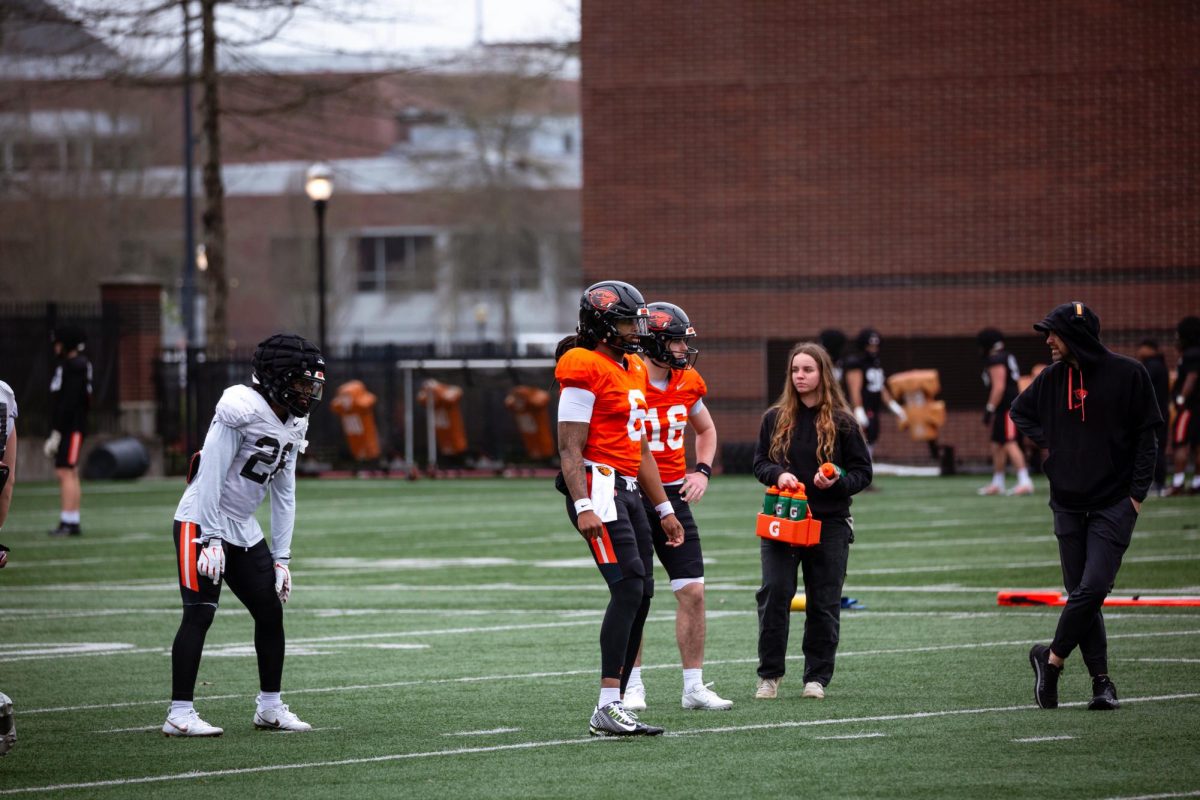
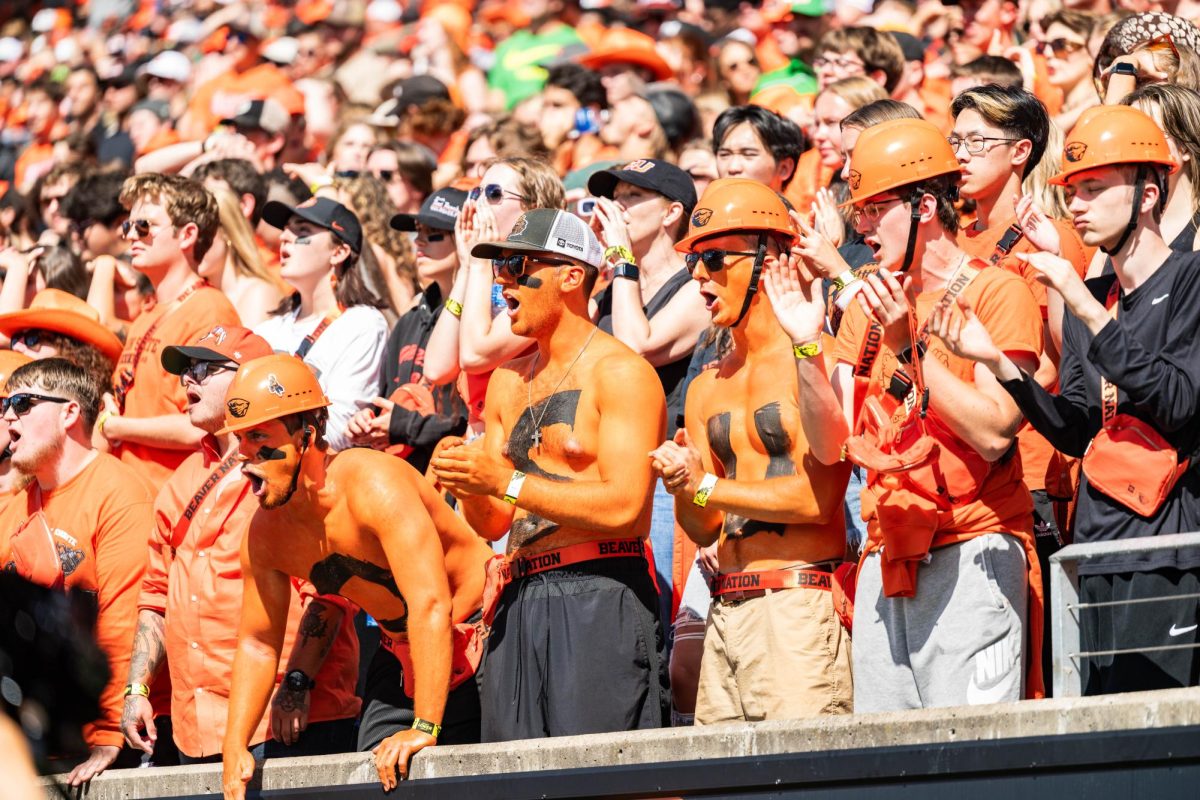

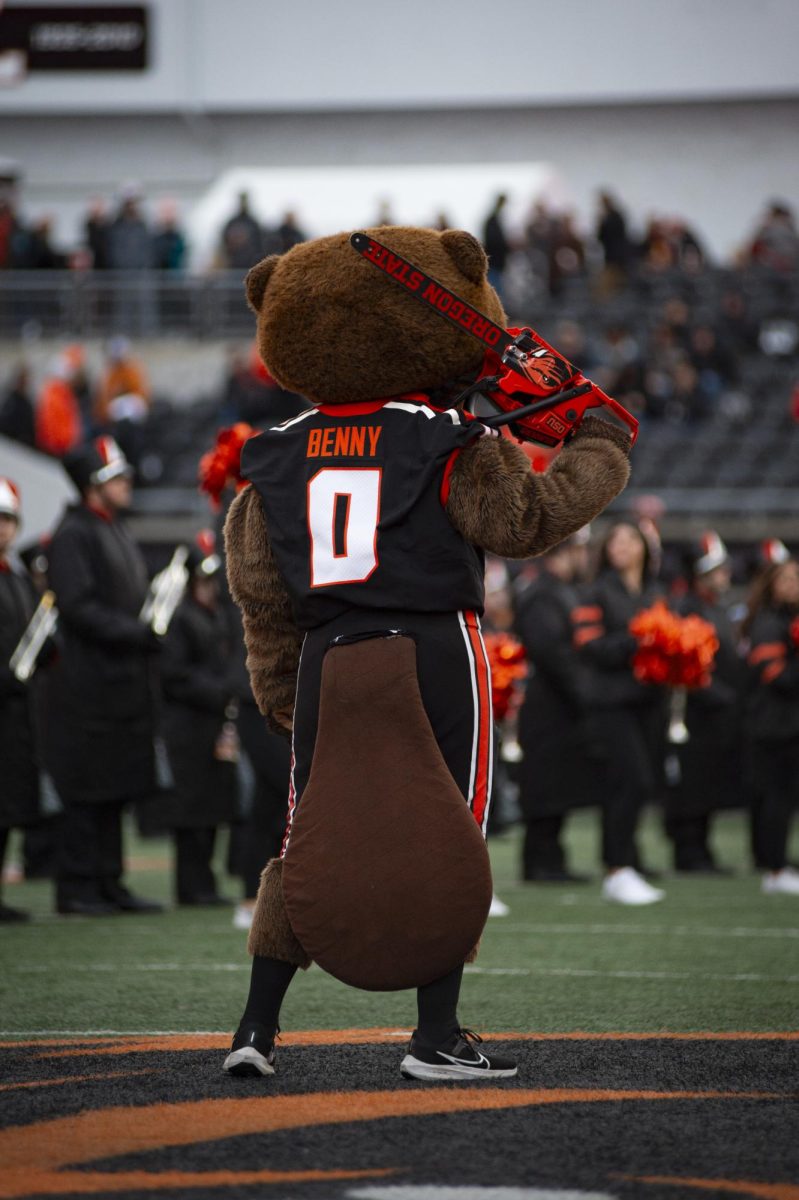
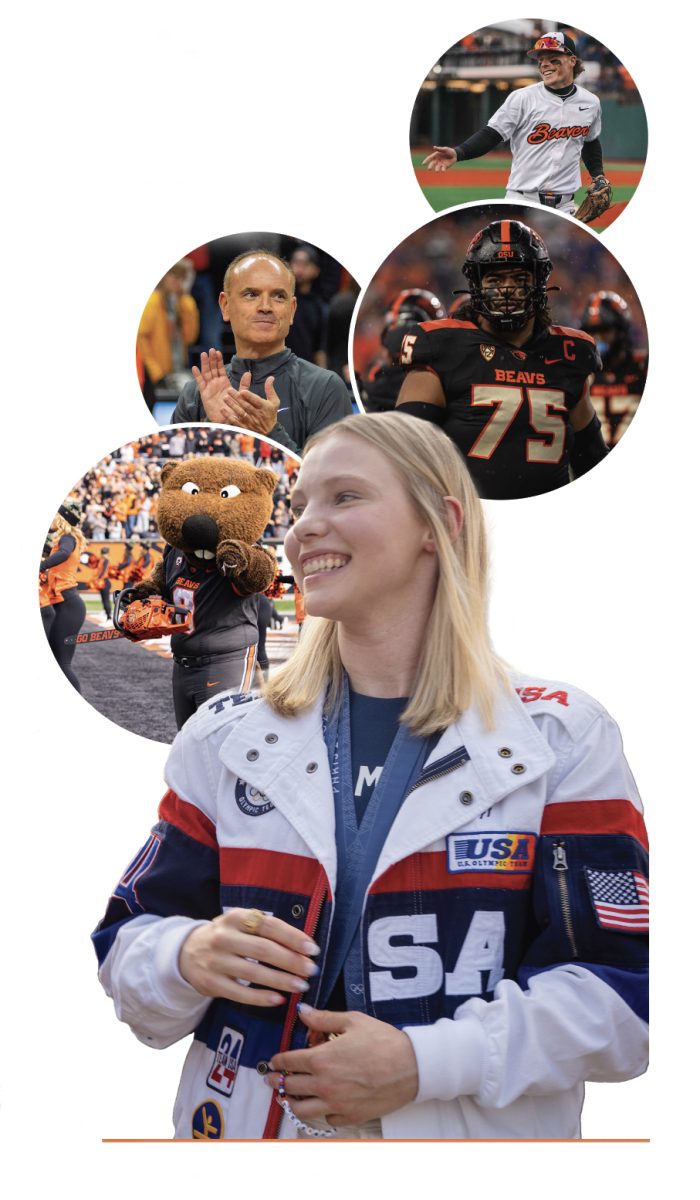


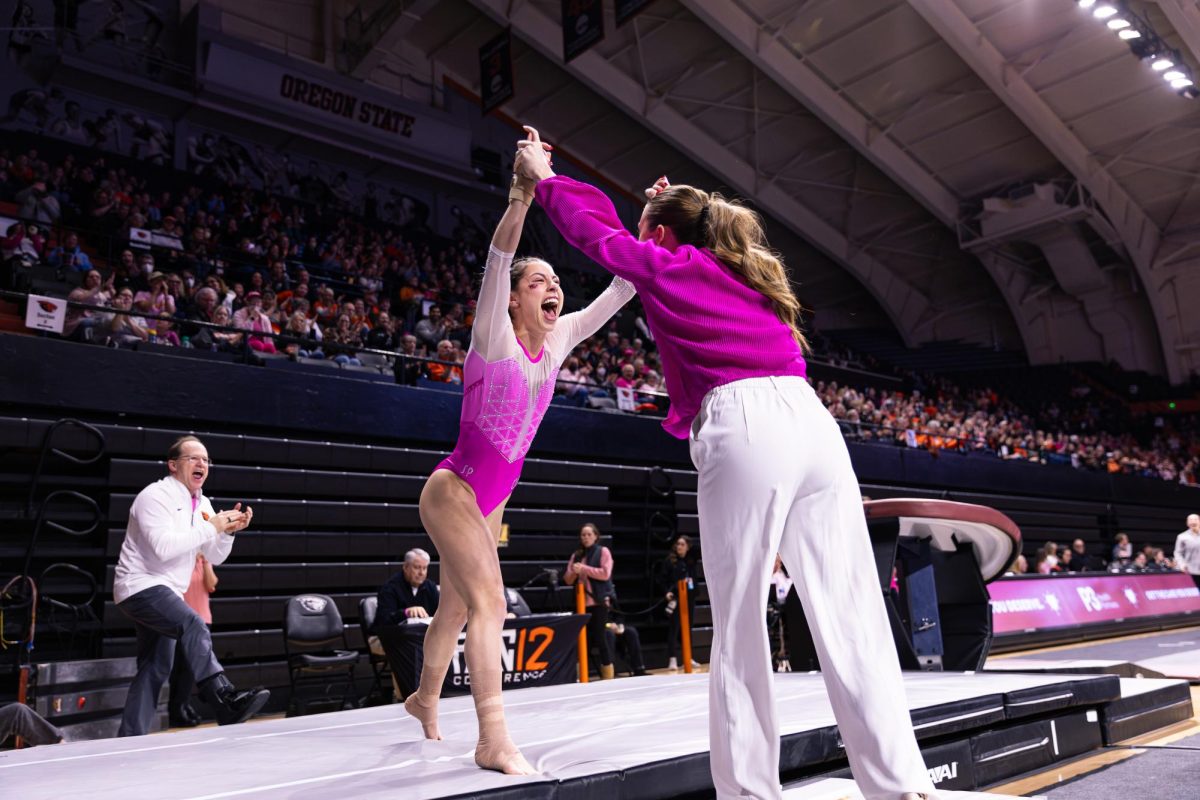
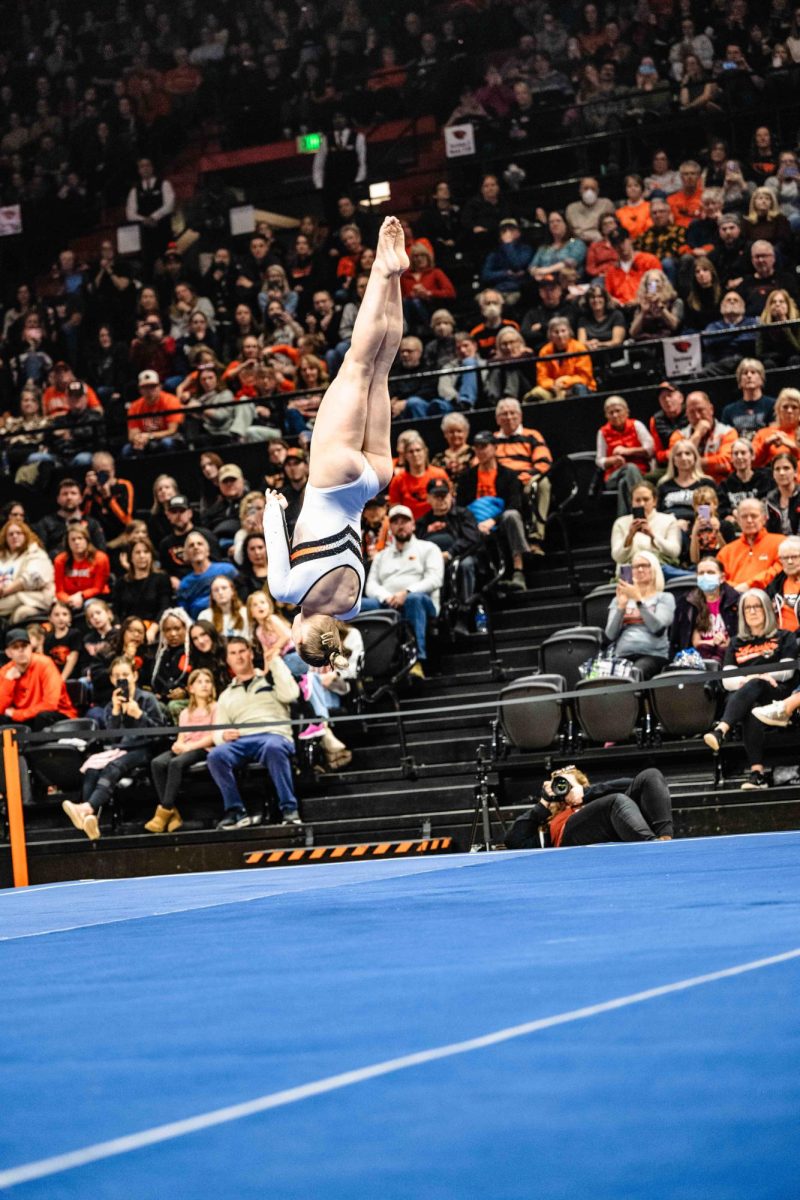
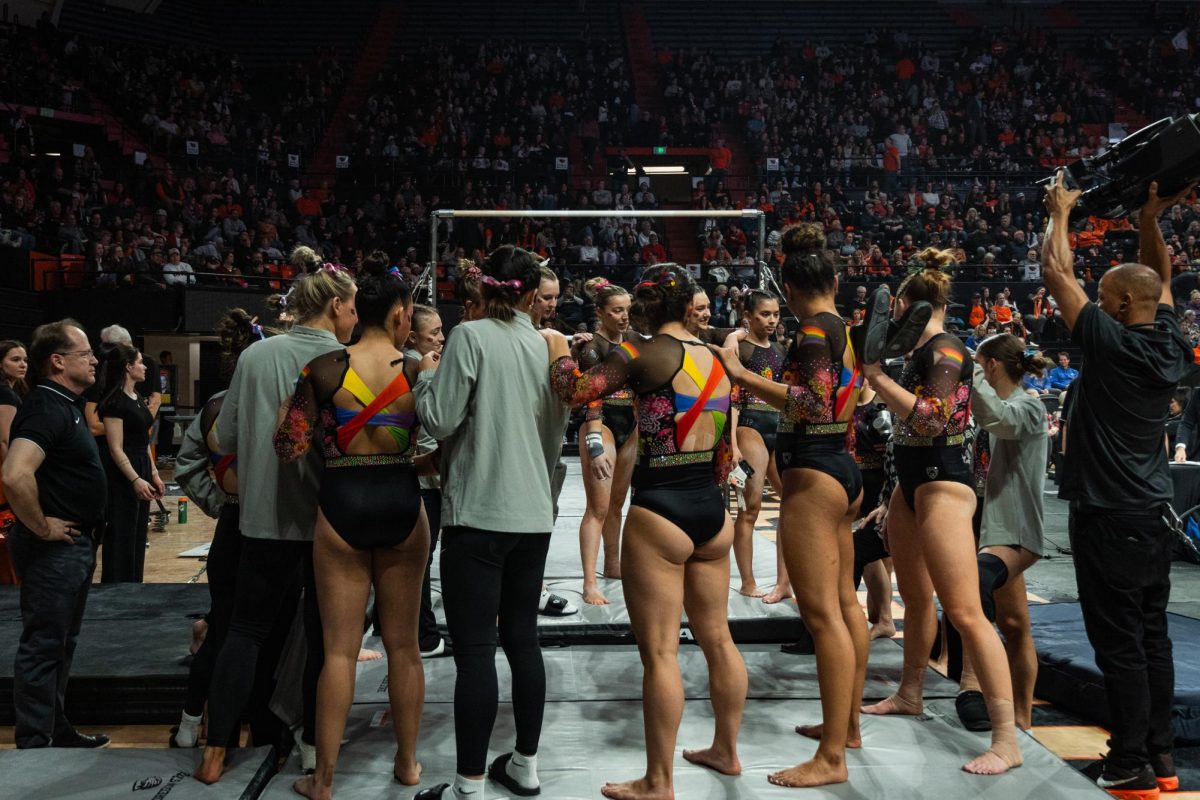






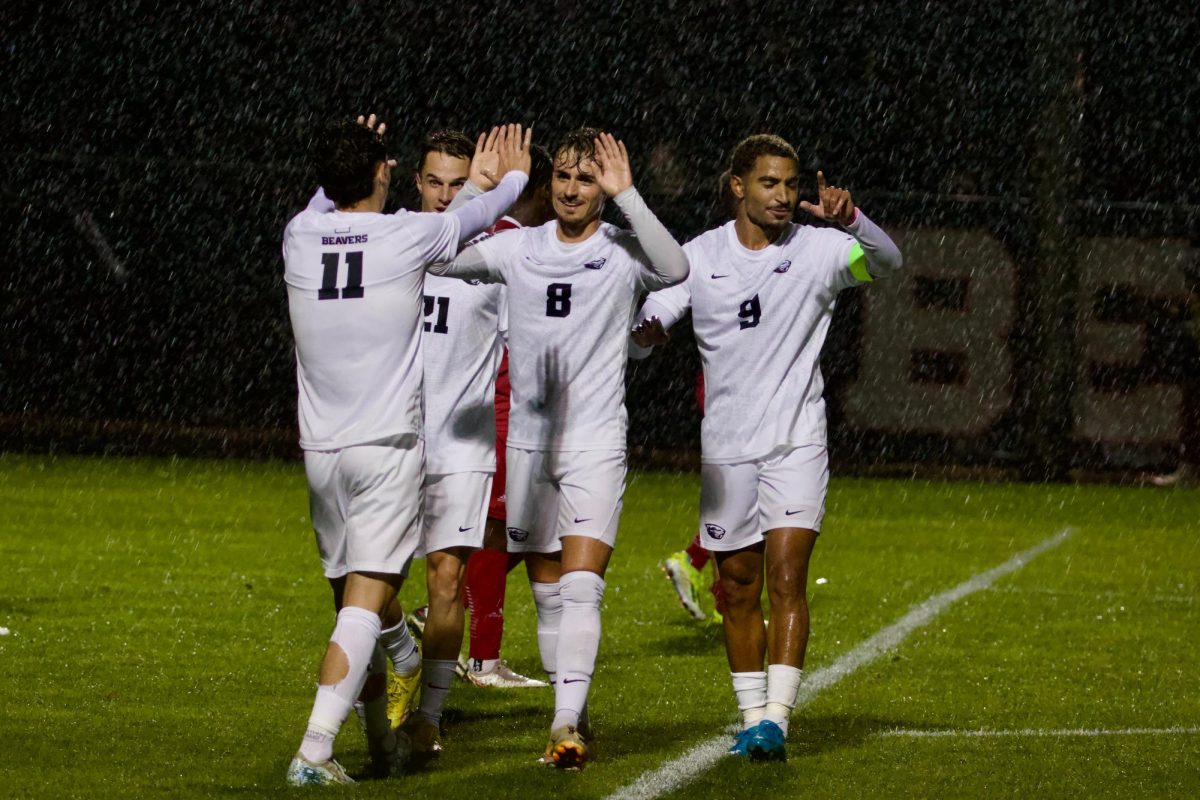

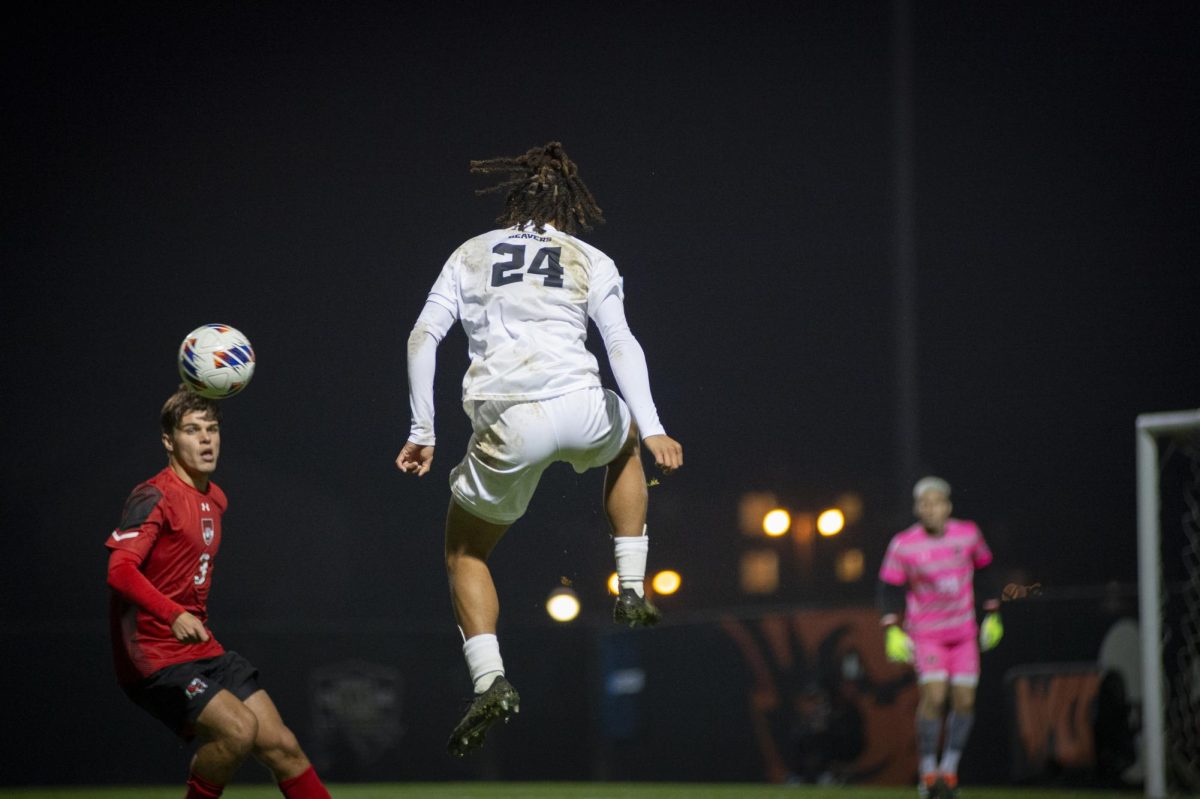
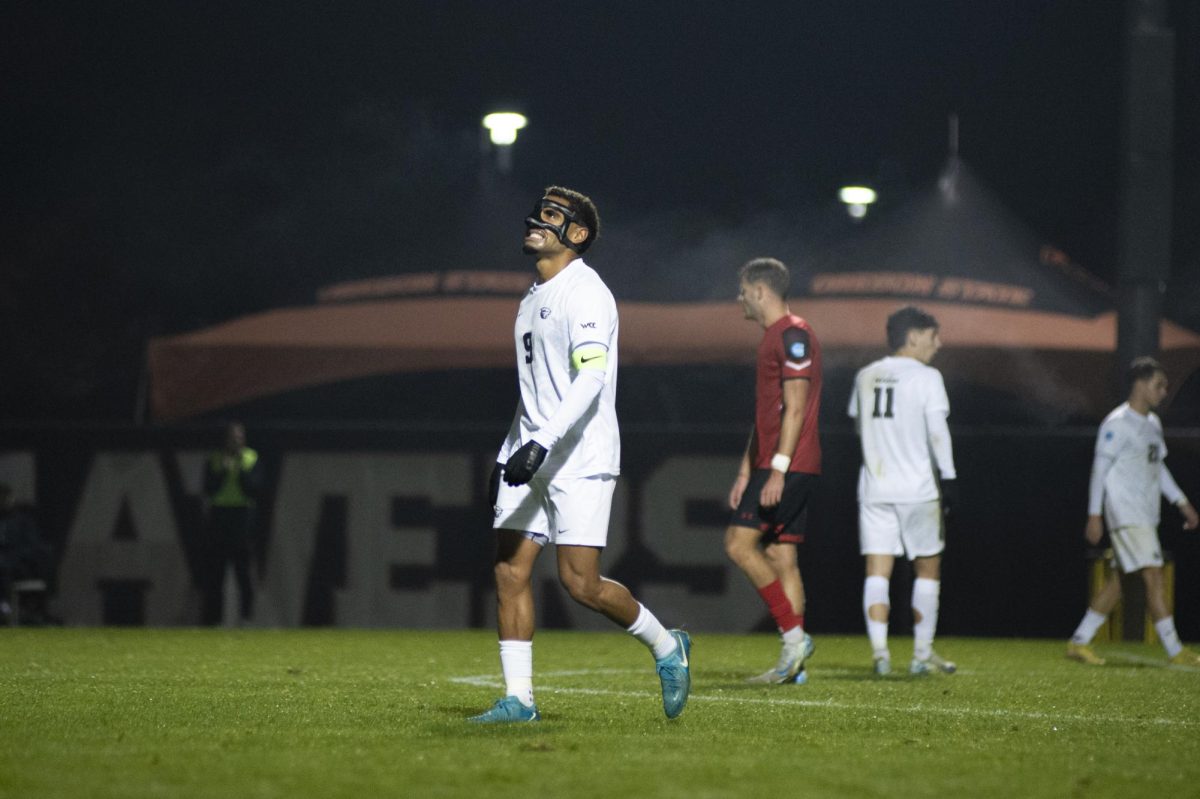
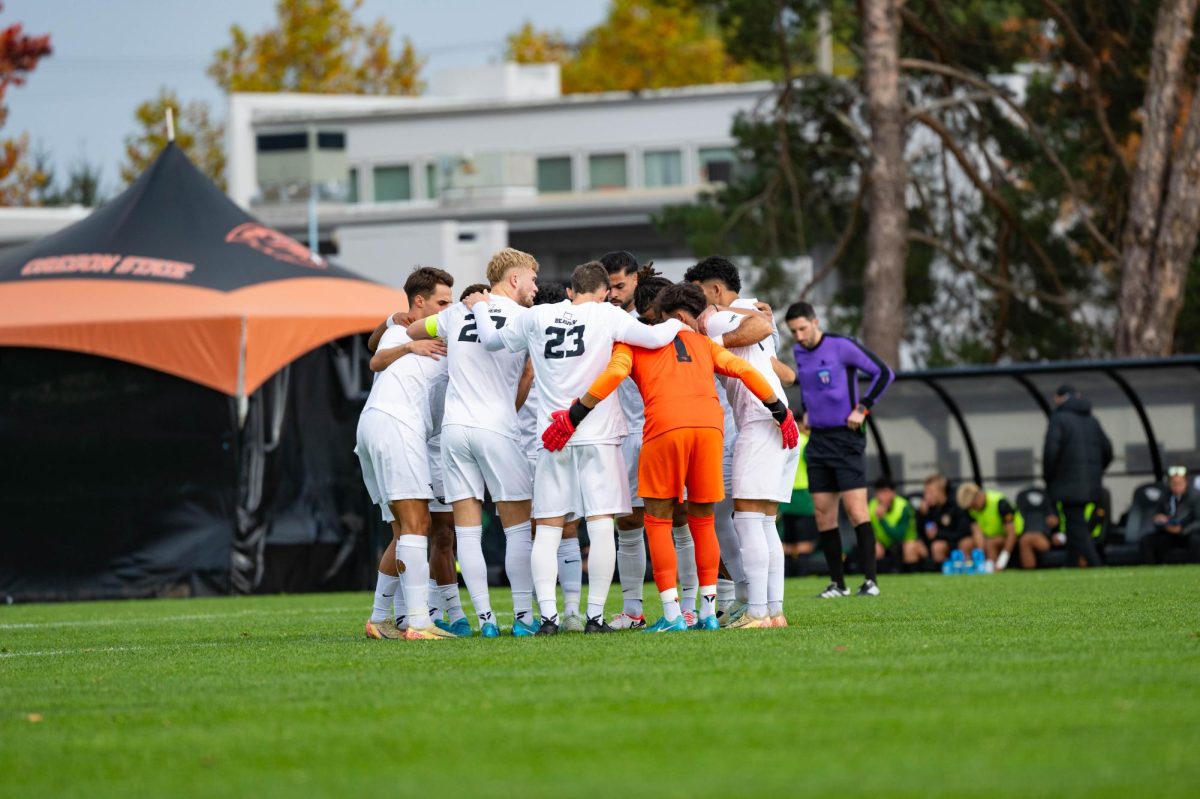
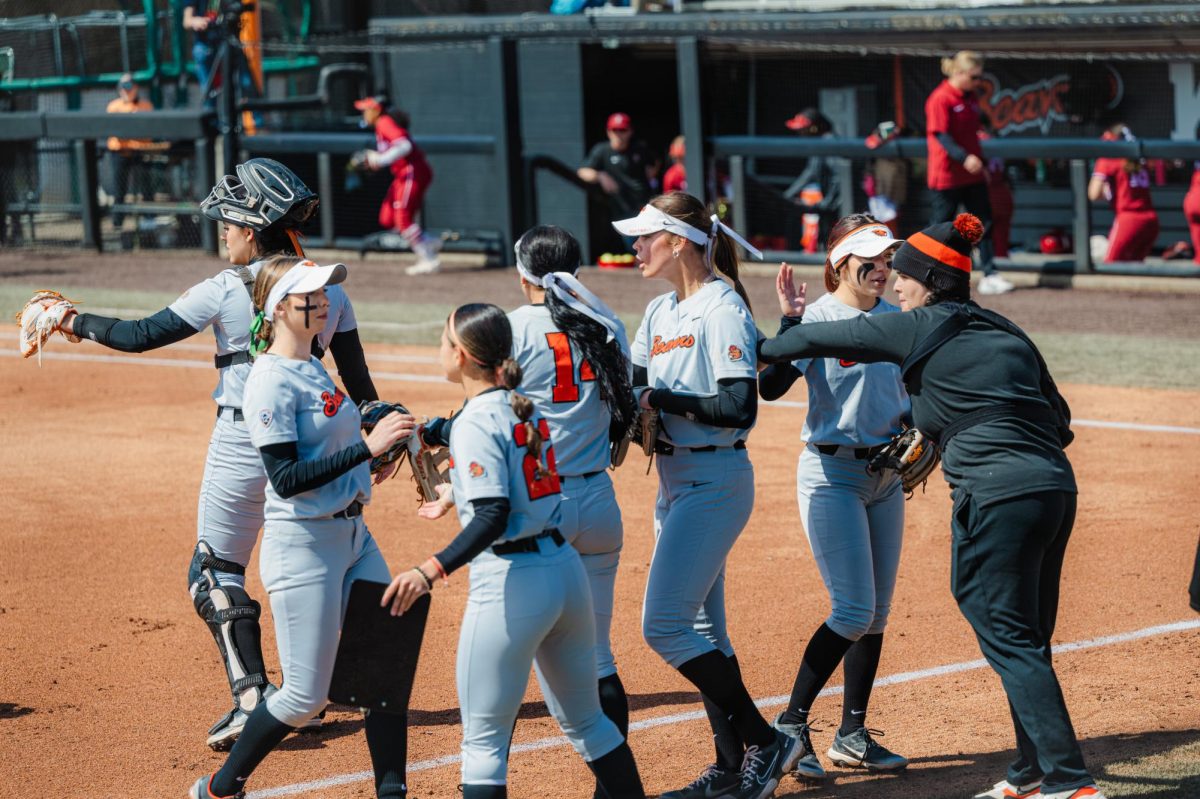
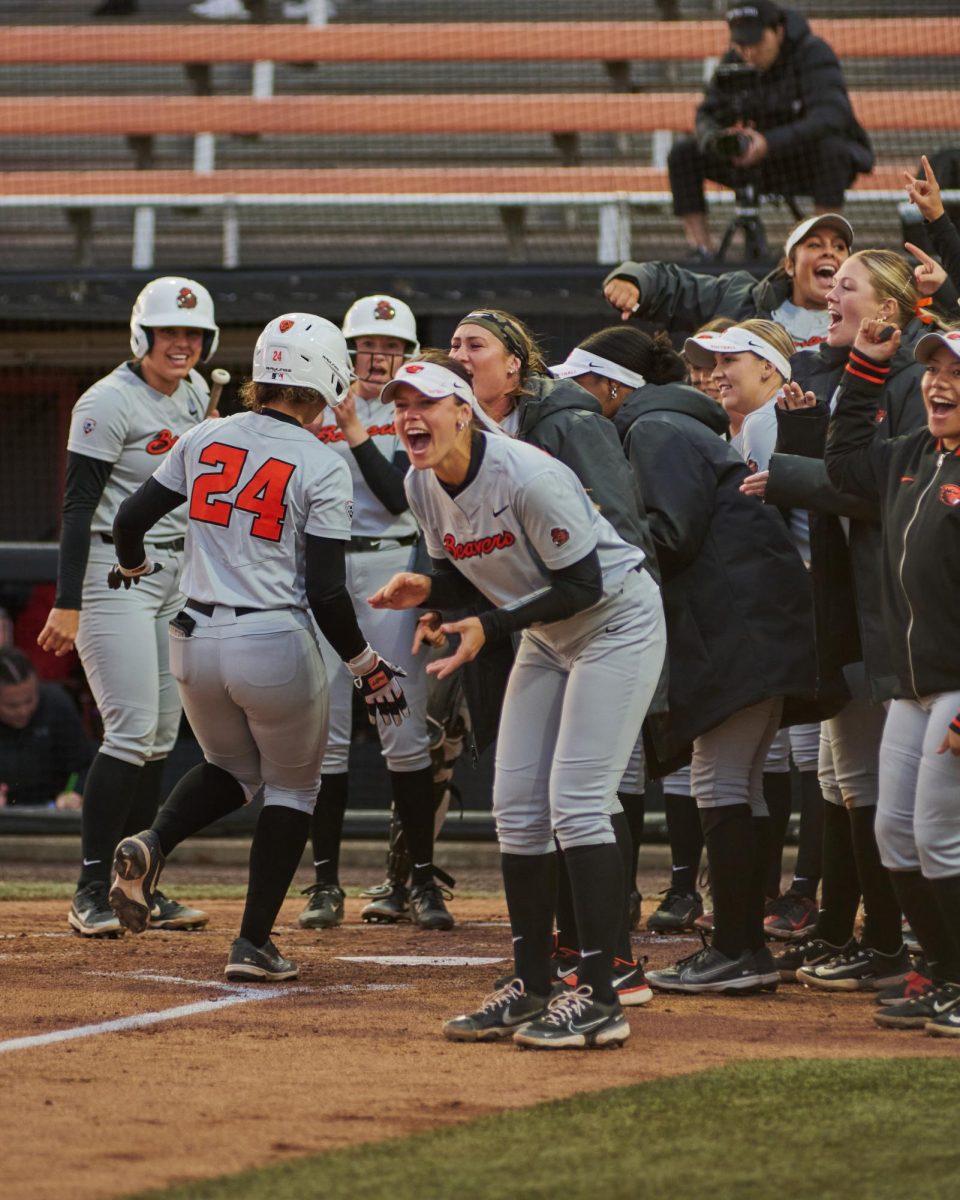
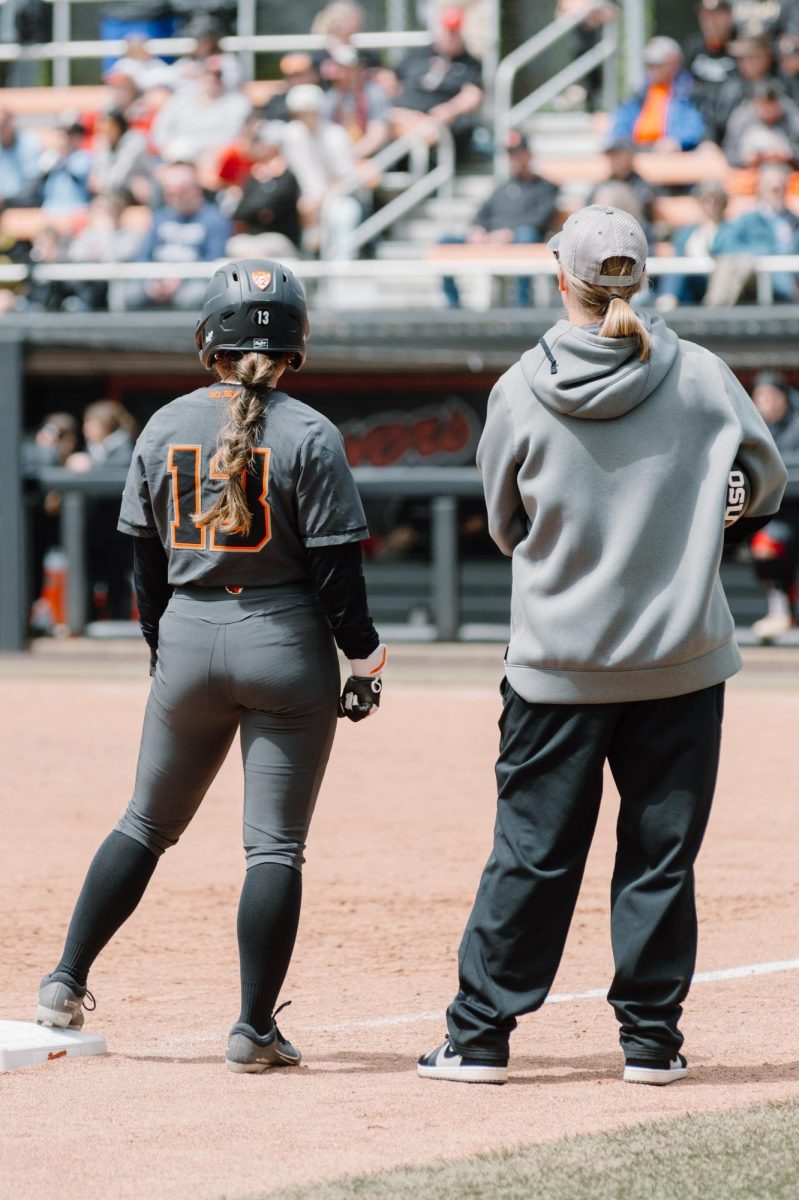


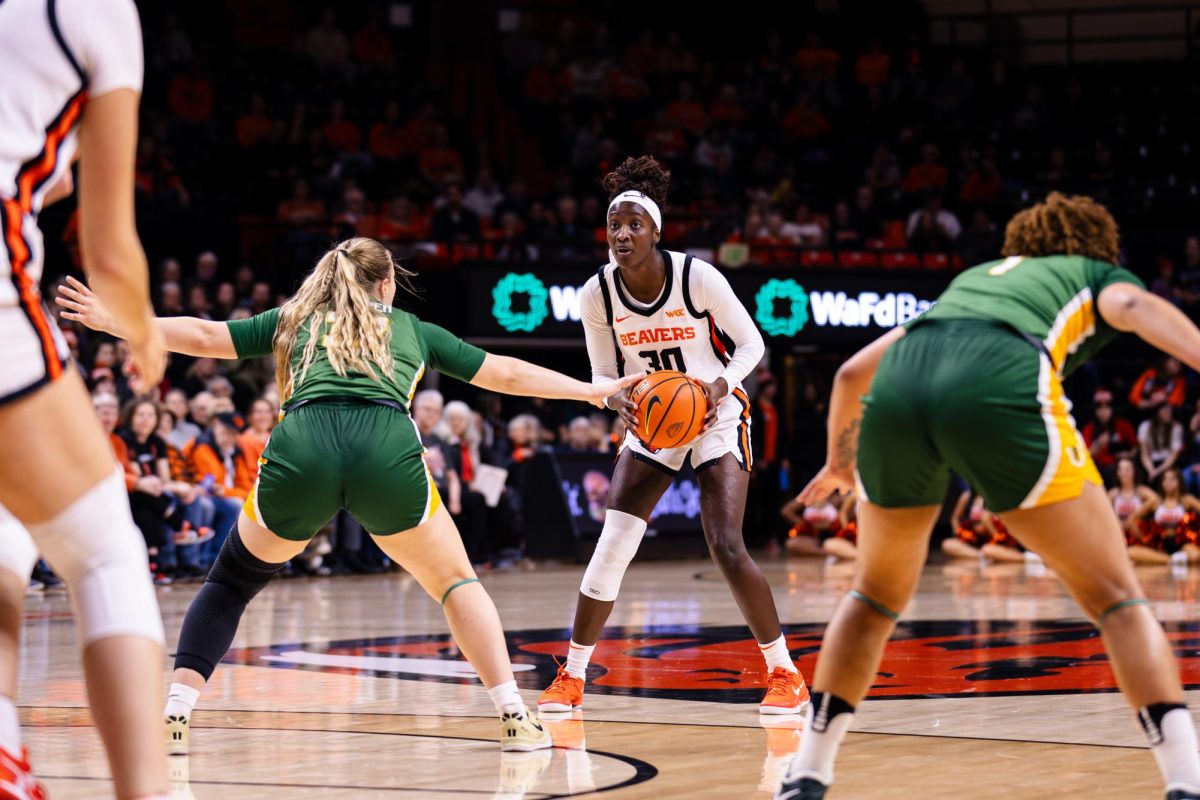
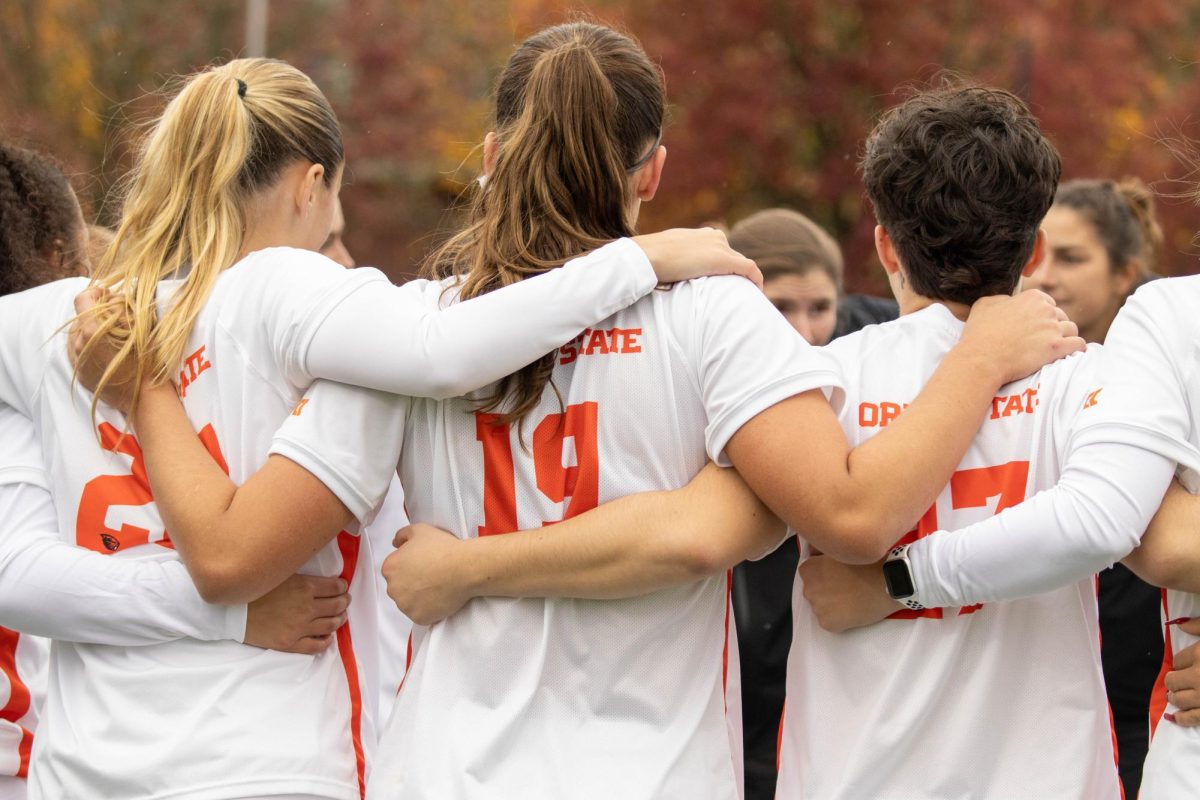
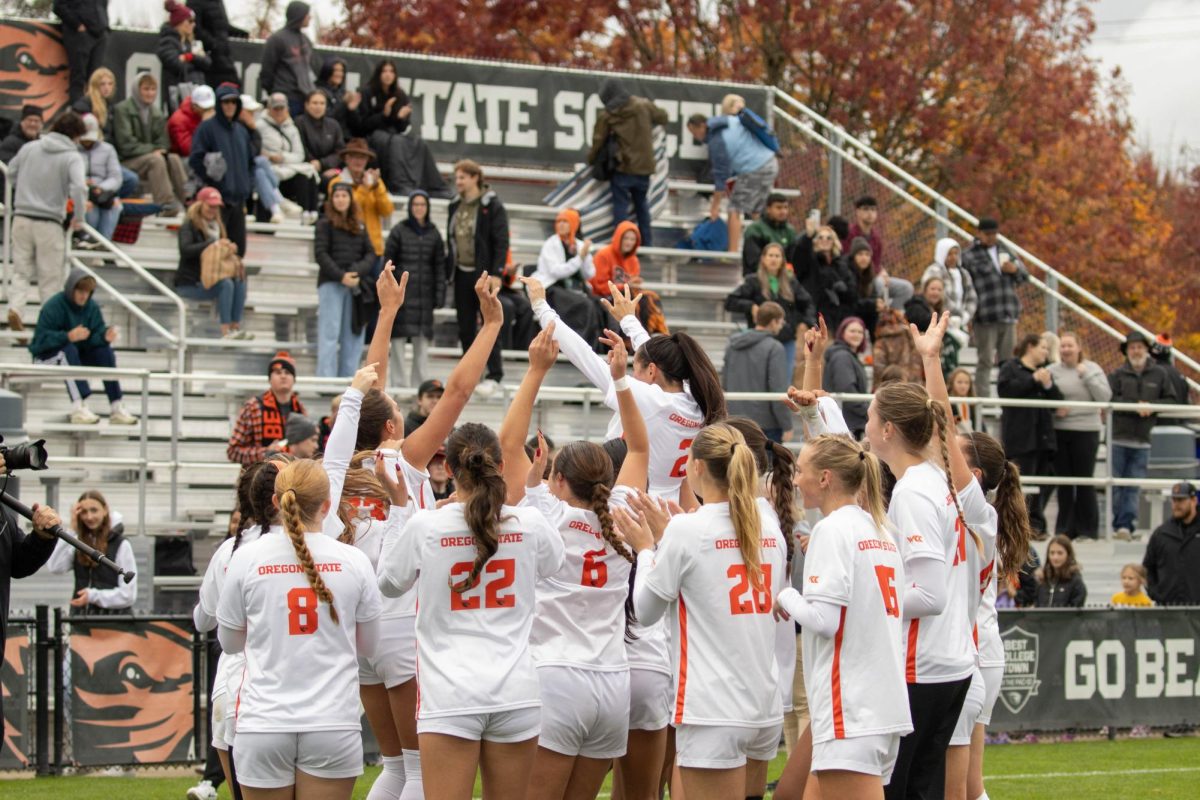
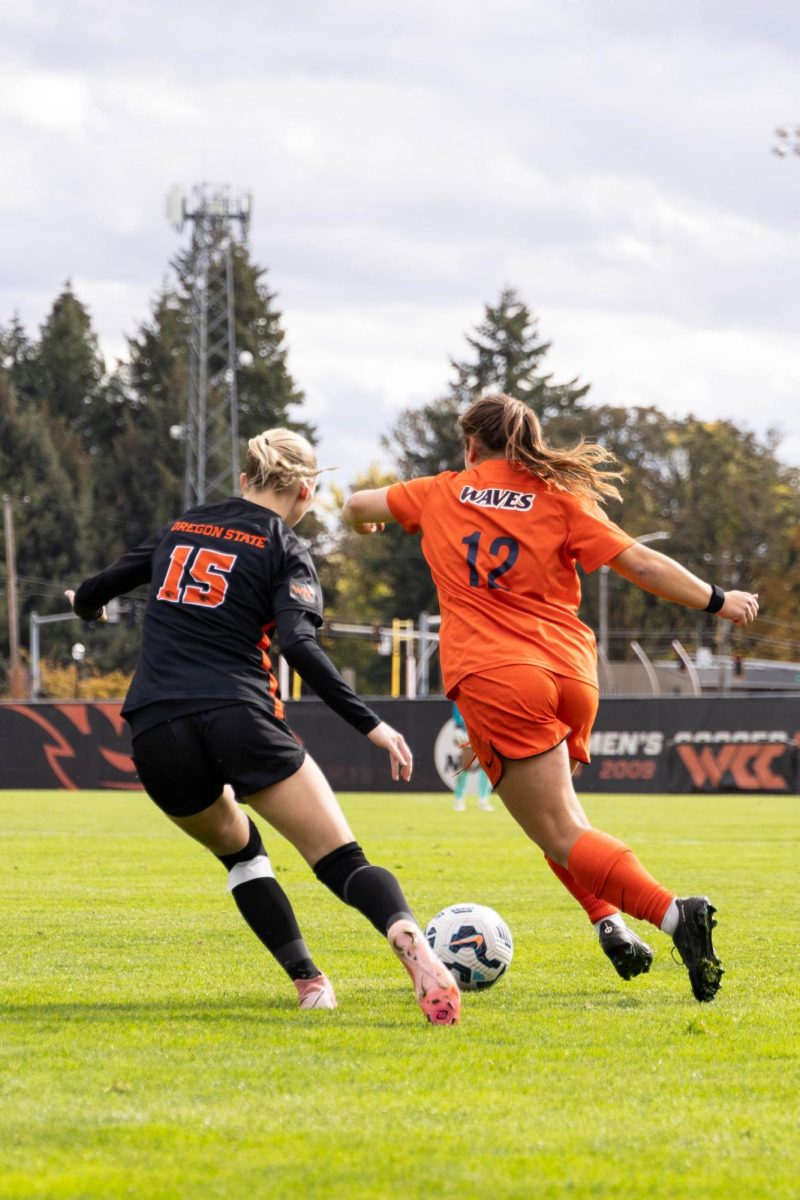
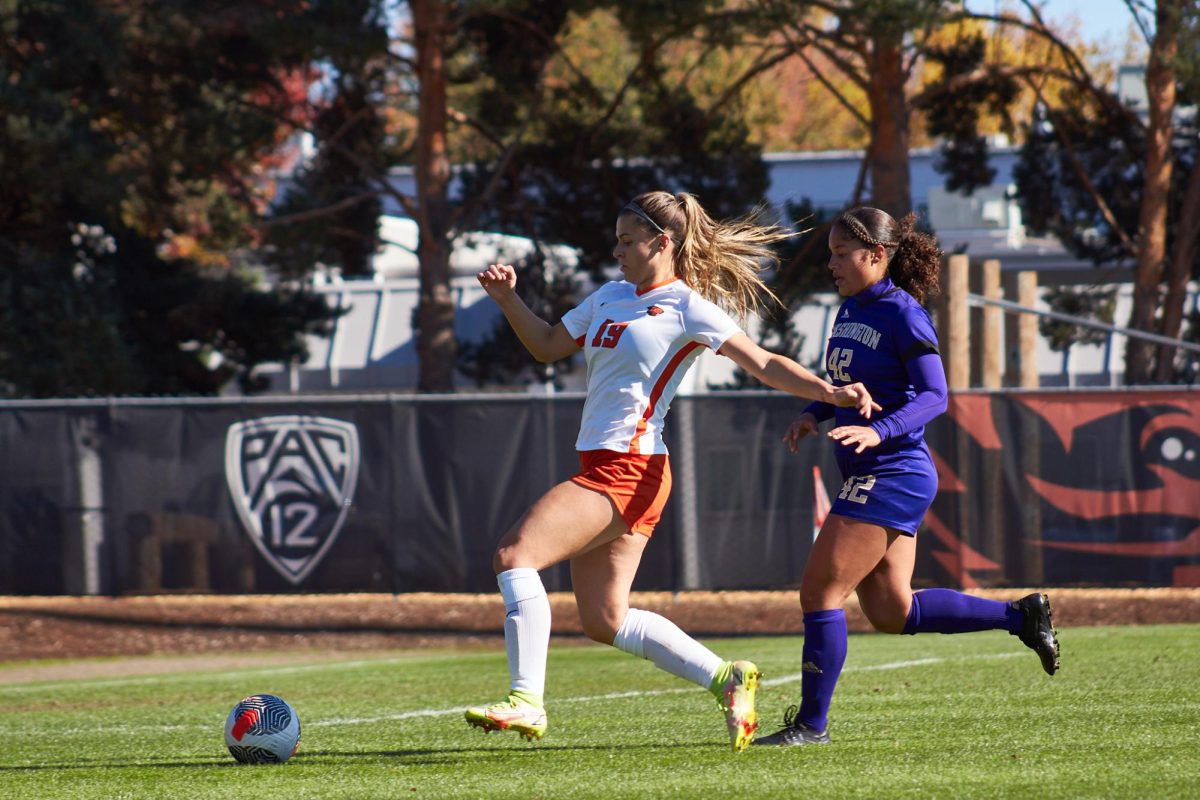
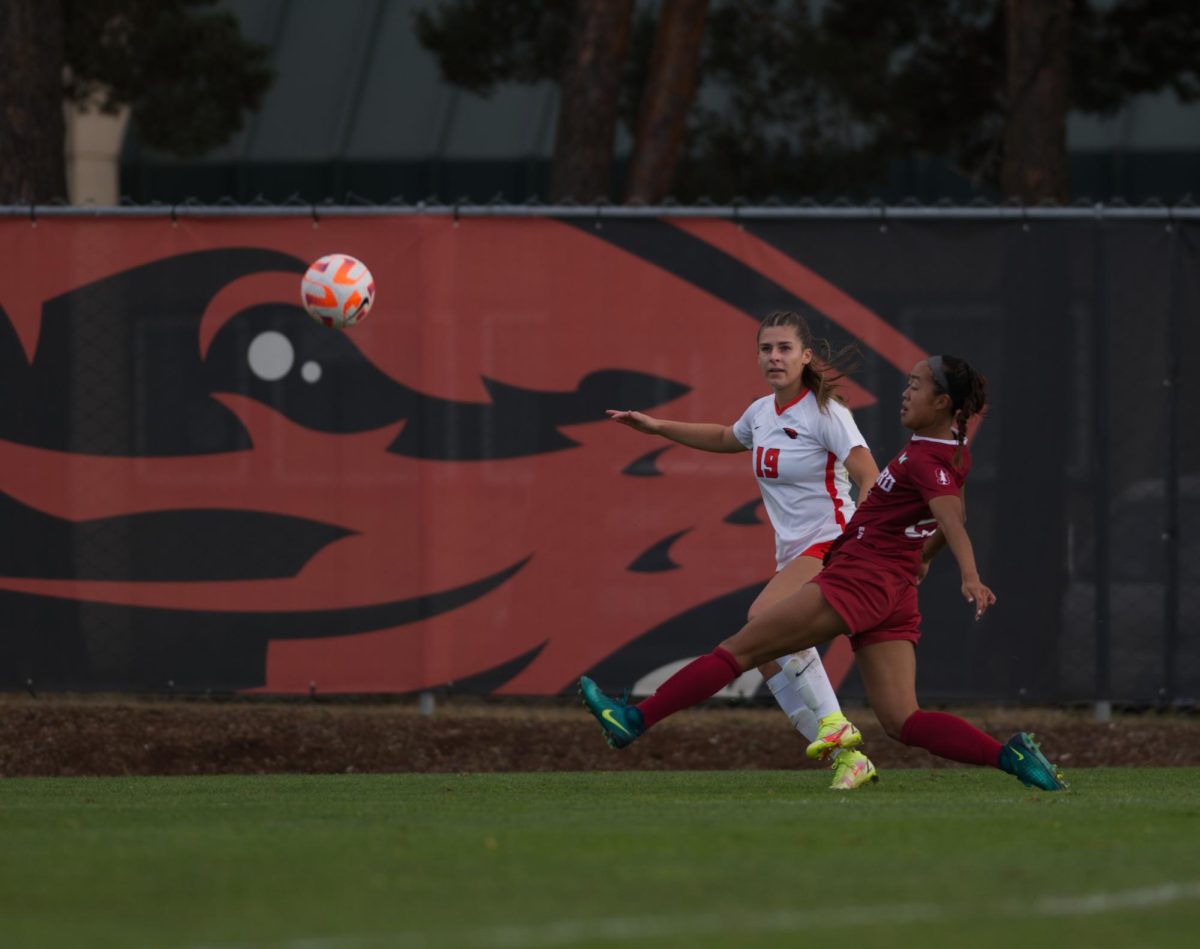

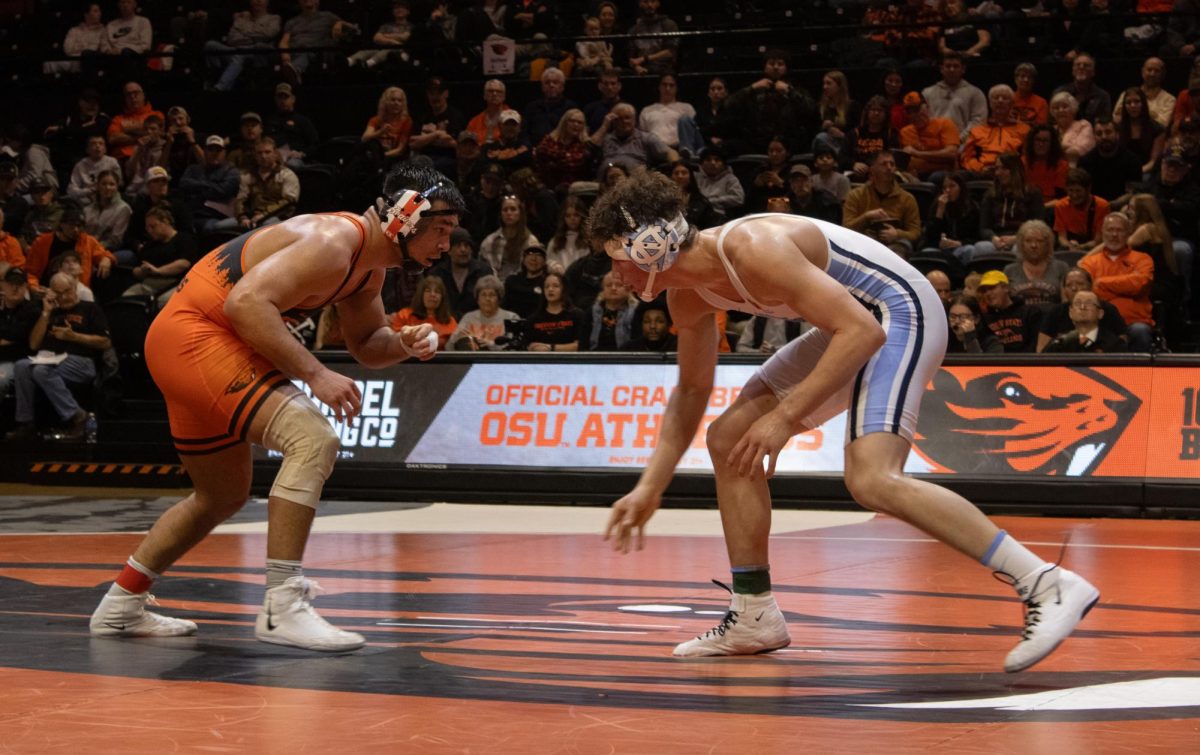




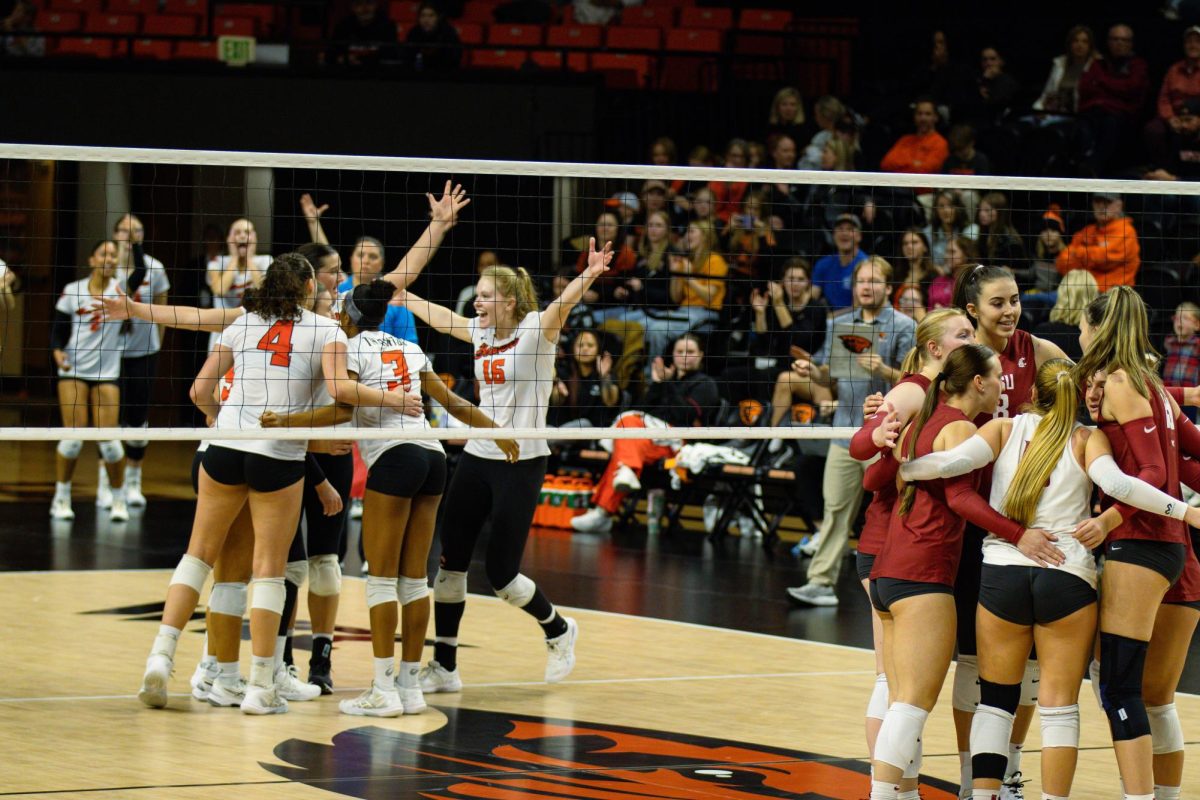
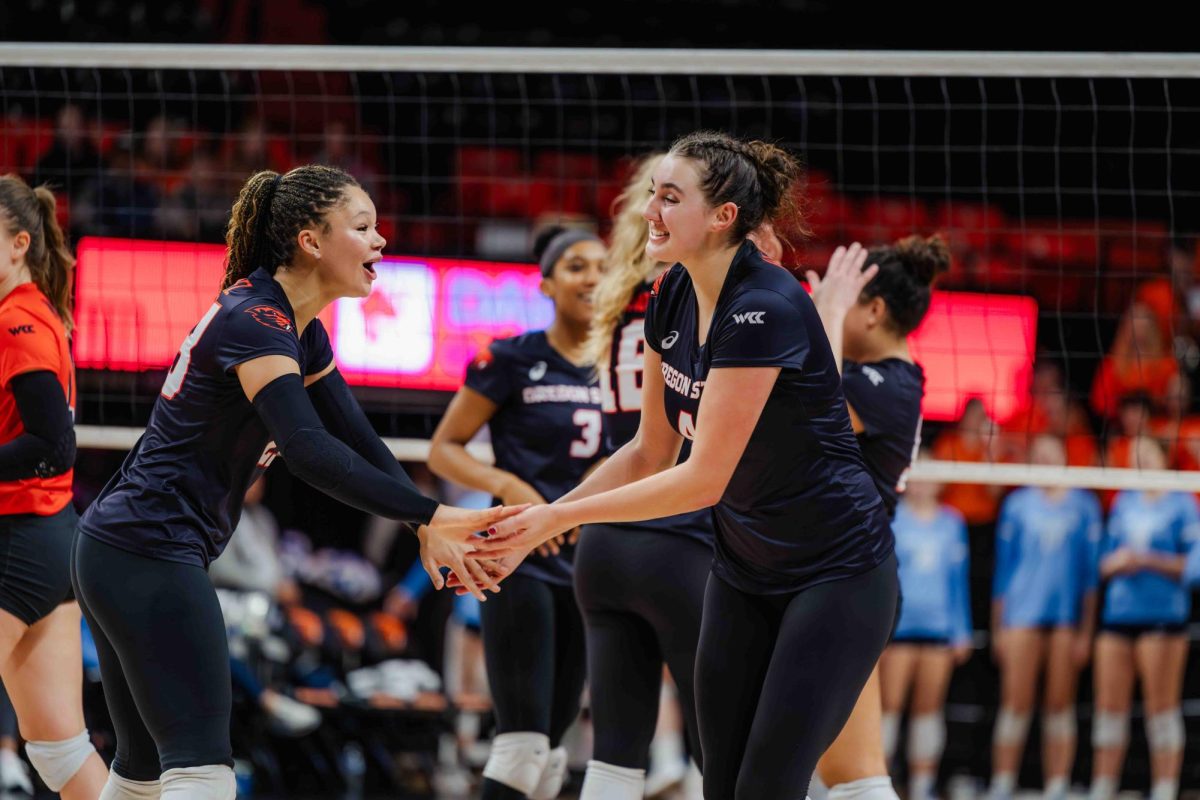
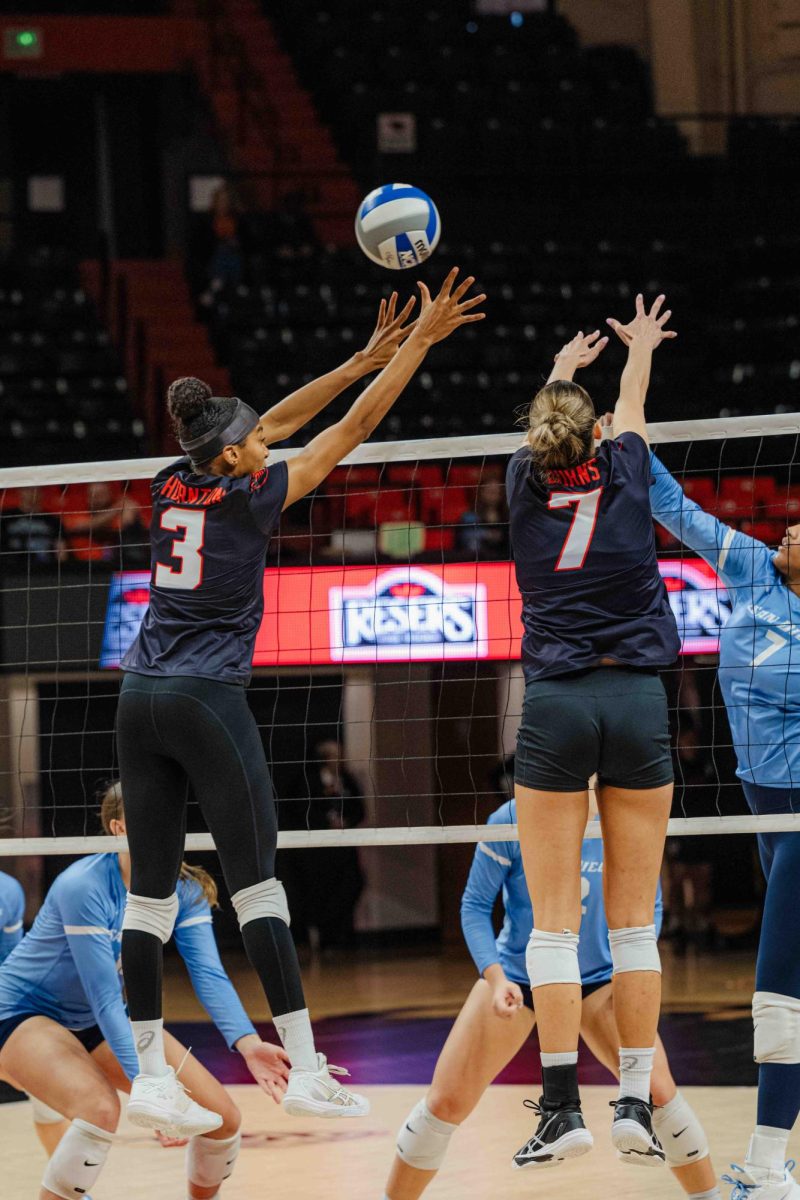
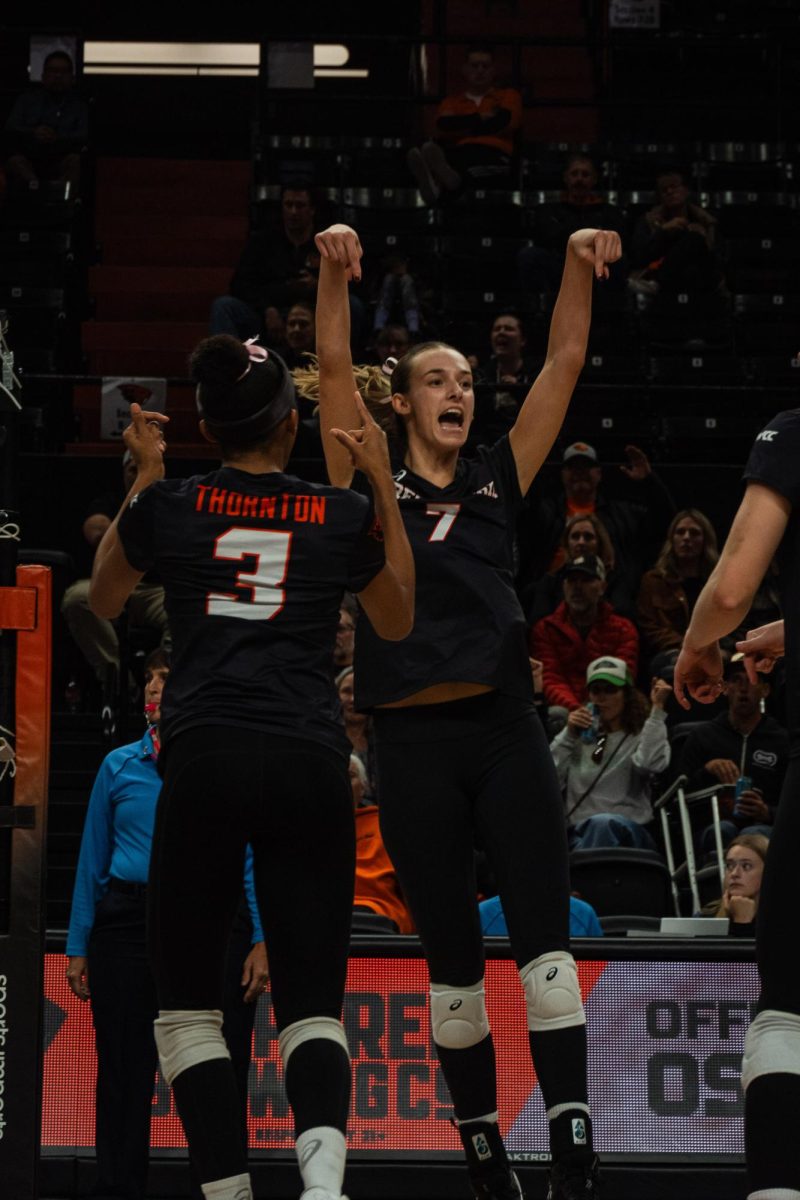
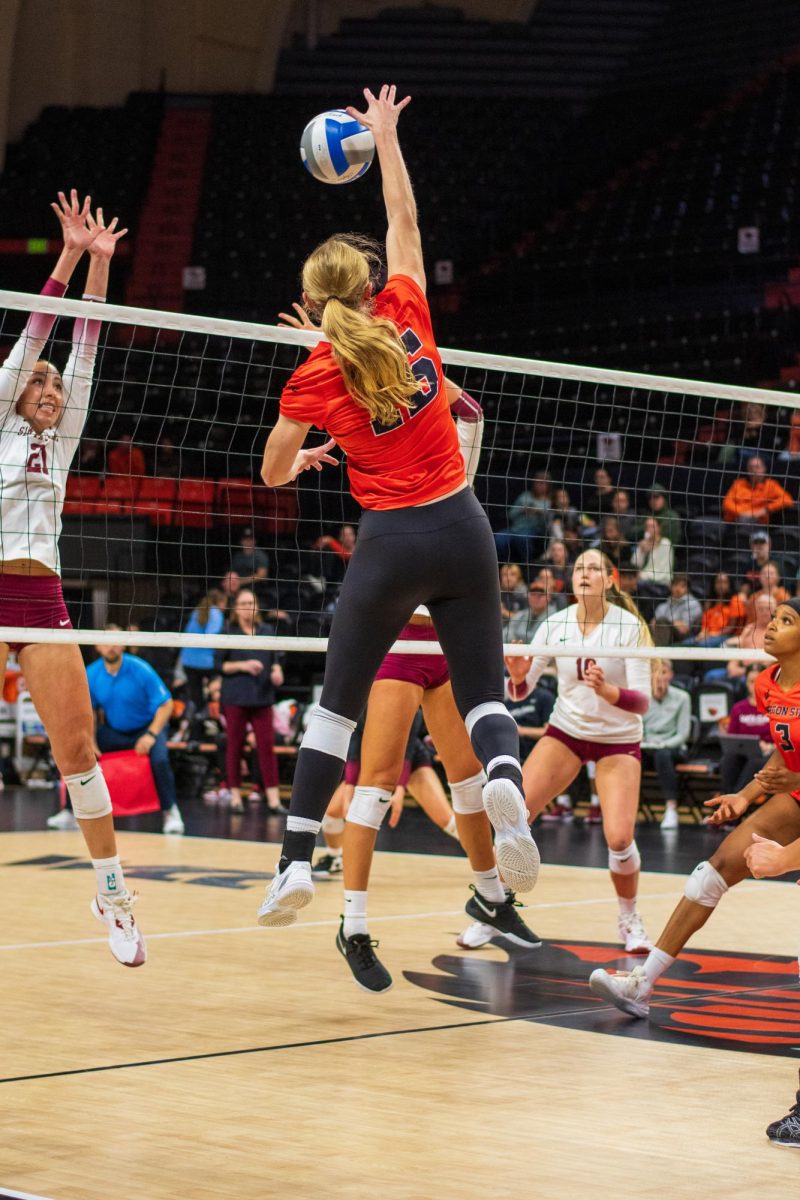
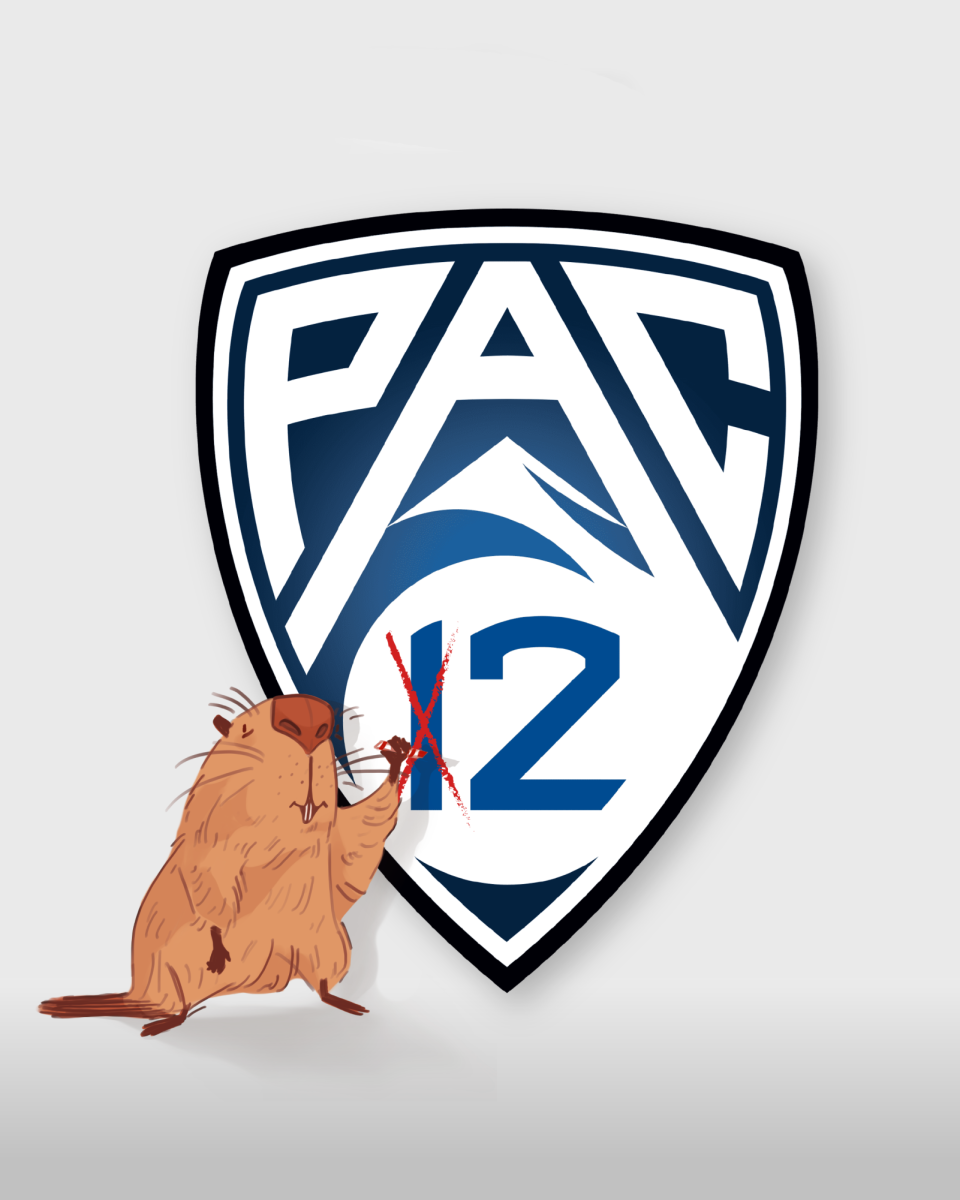
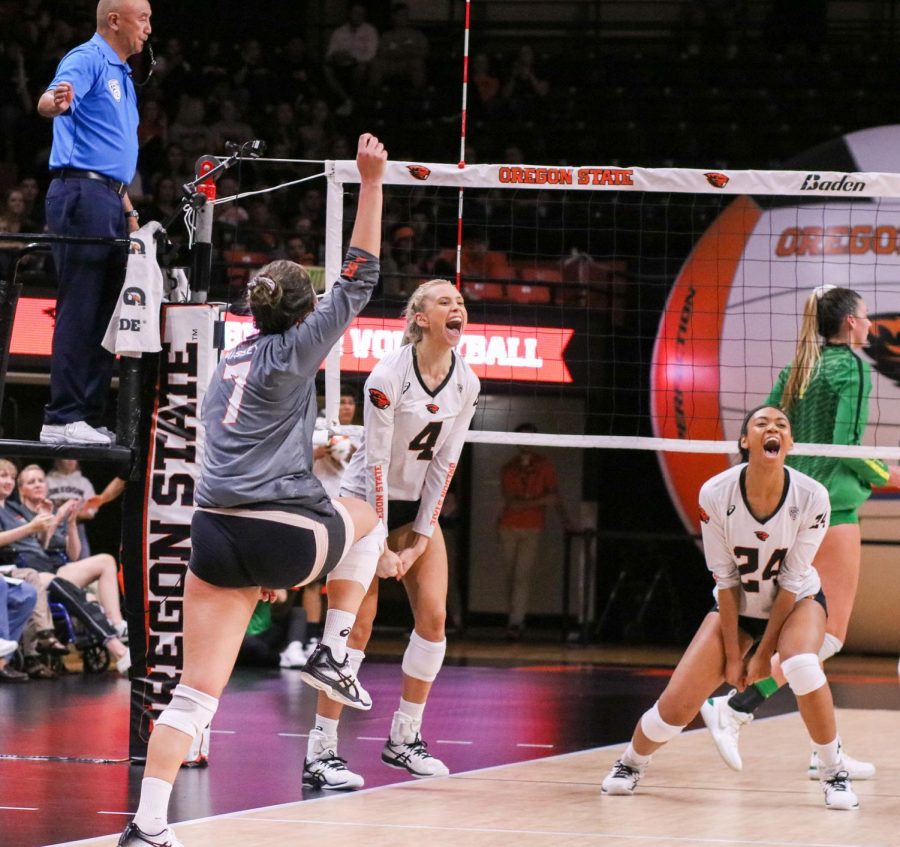

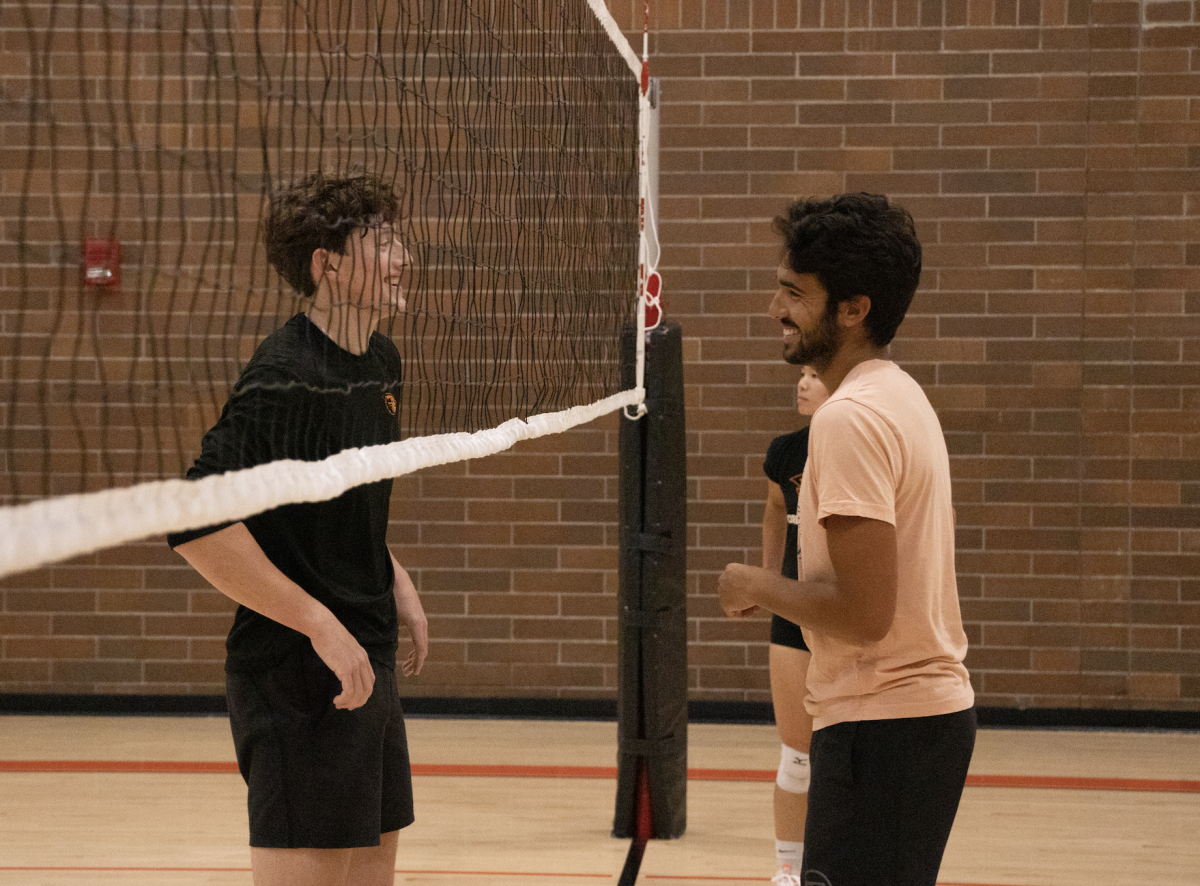
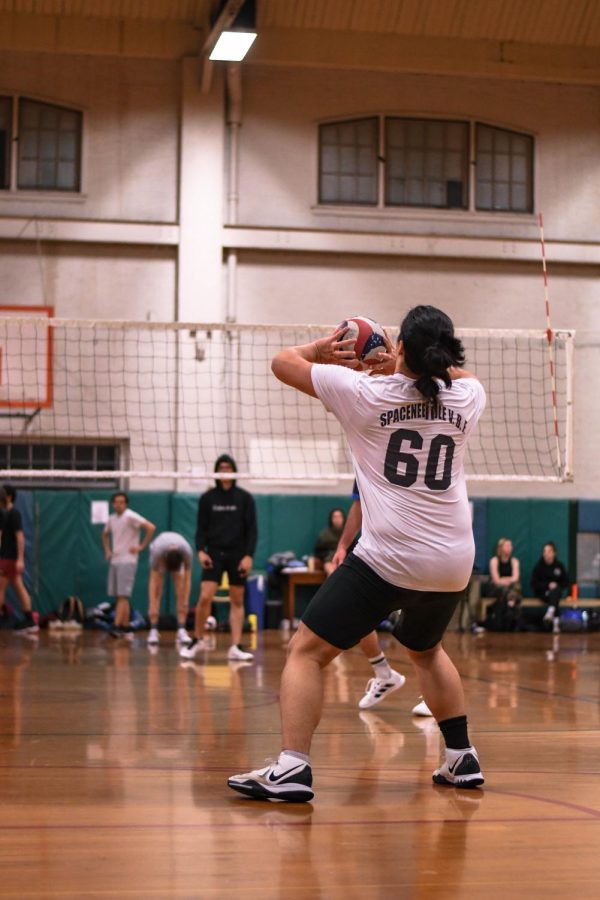
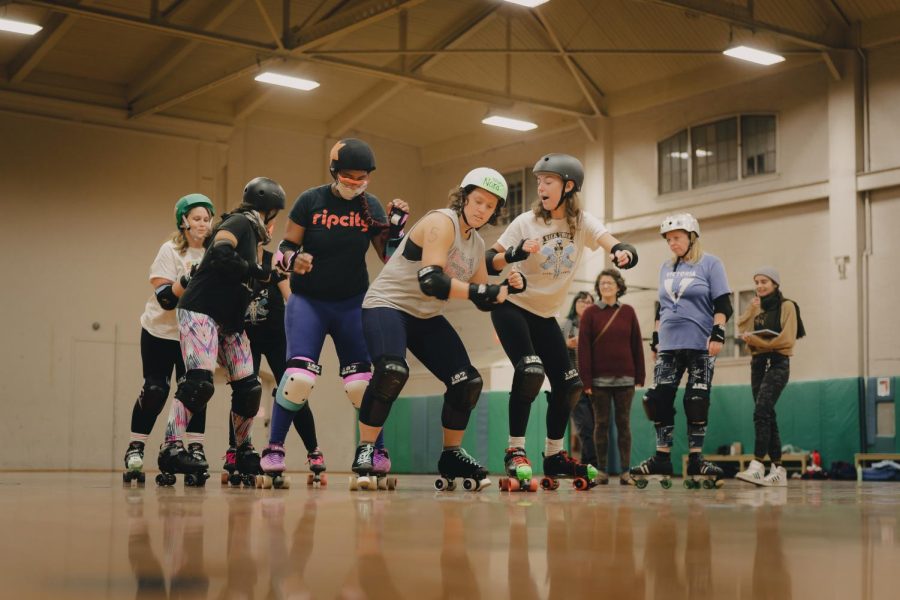
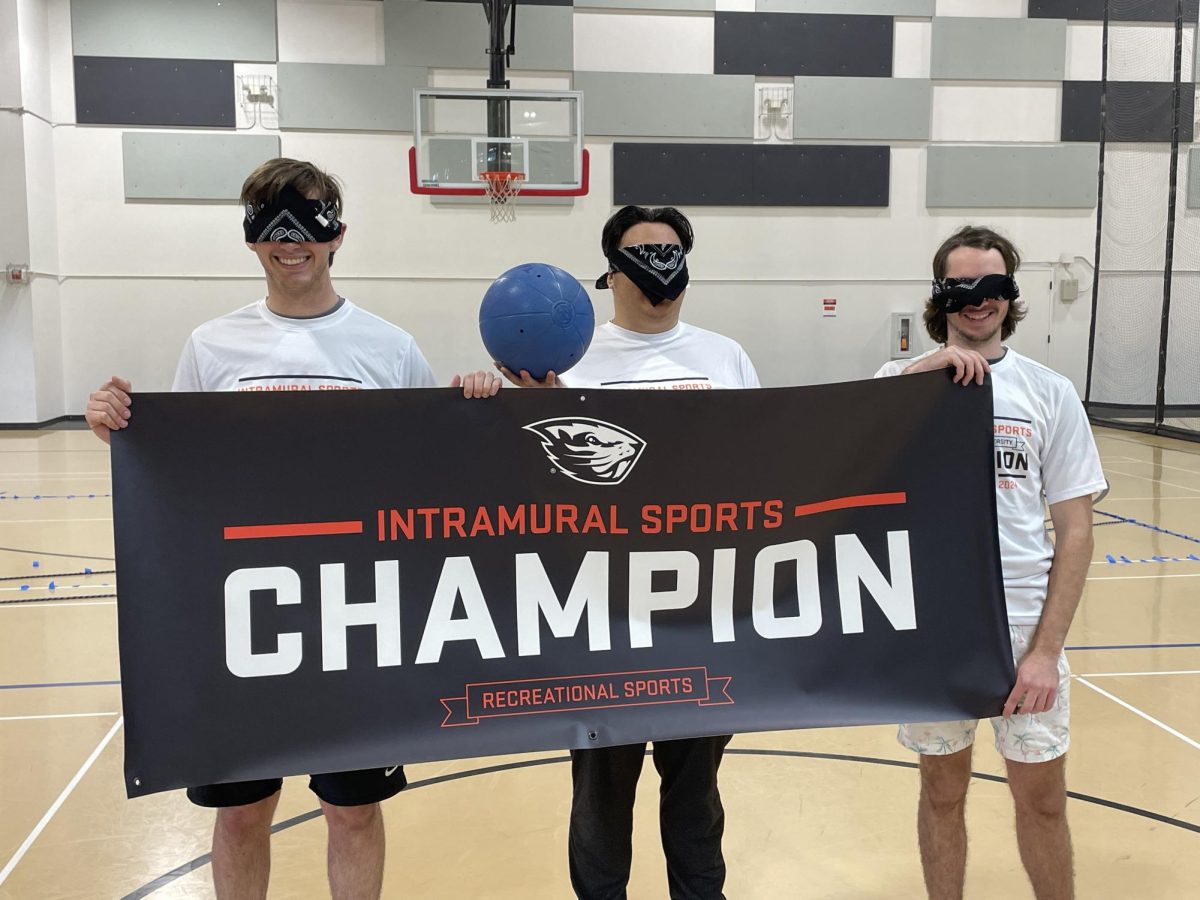
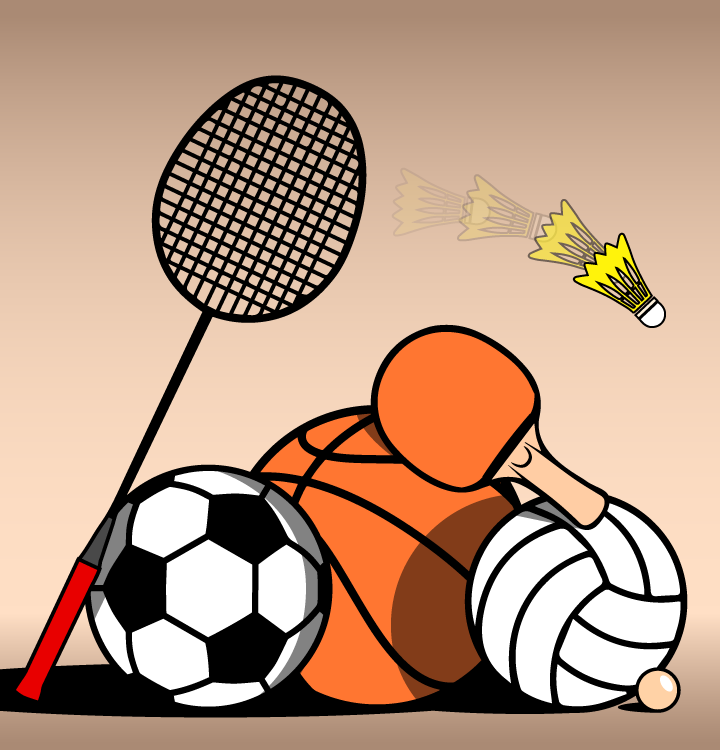
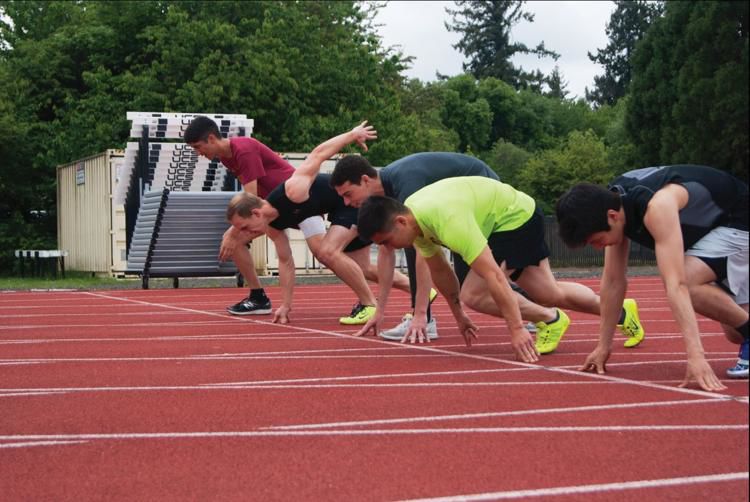



![Newspaper clipping from February 25, 1970 in the Daily Barometer showing an article written by Bob Allen, past Barometer Editor. This article was written to spotlight both the student body’s lack of participation with student government at the time in conjunction with their class representatives response. [It’s important to note ASOSU was not structured identically to today’s standards, likely having a president on behalf of each class work together as one entity as opposed to one president representing all classes.]](https://dailybaro.orangemedianetwork.com/wp-content/uploads/2025/03/Screenshot-2025-03-12-1.00.42-PM-e1741811160853.png)


